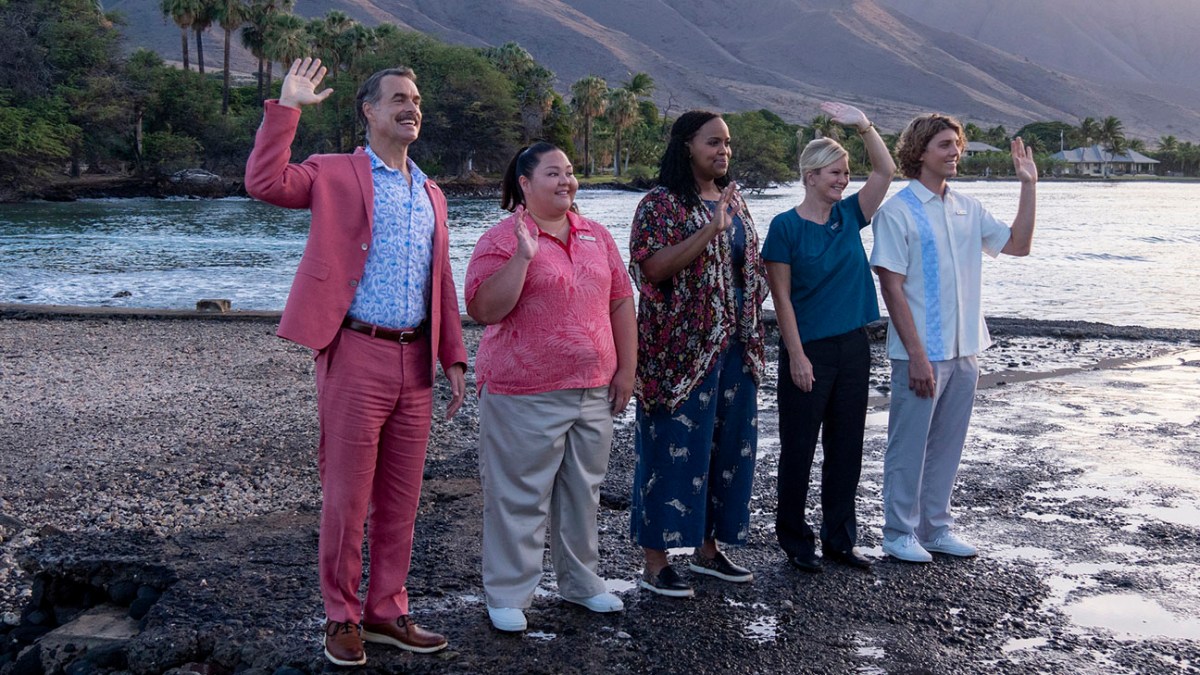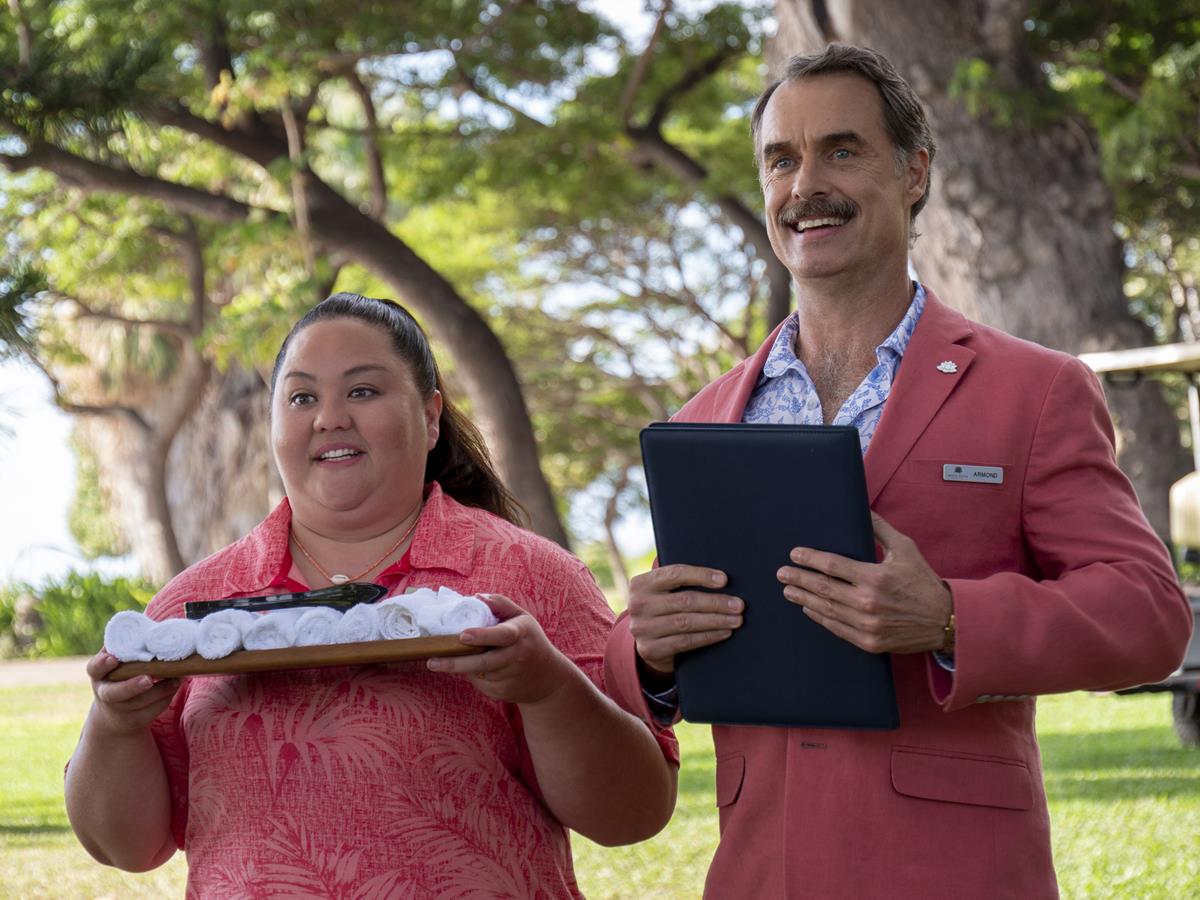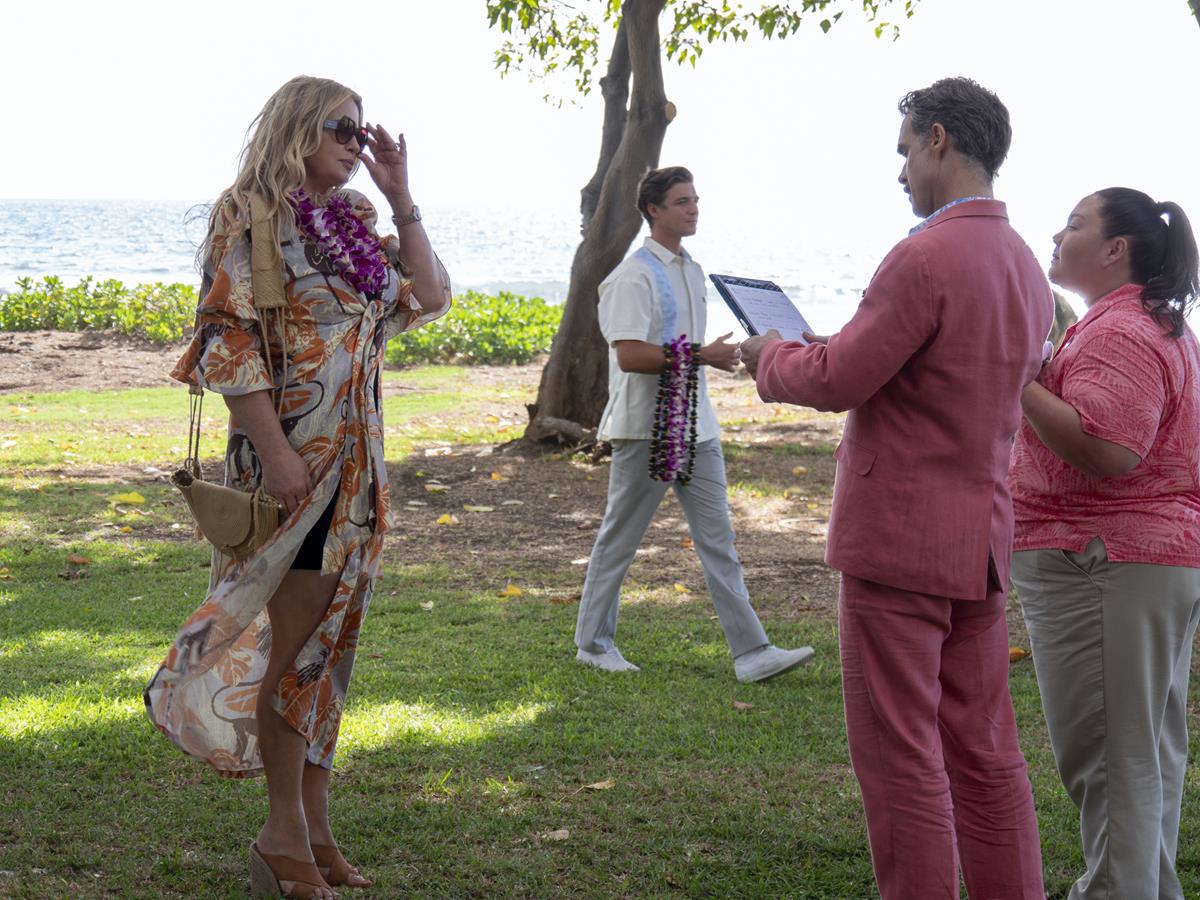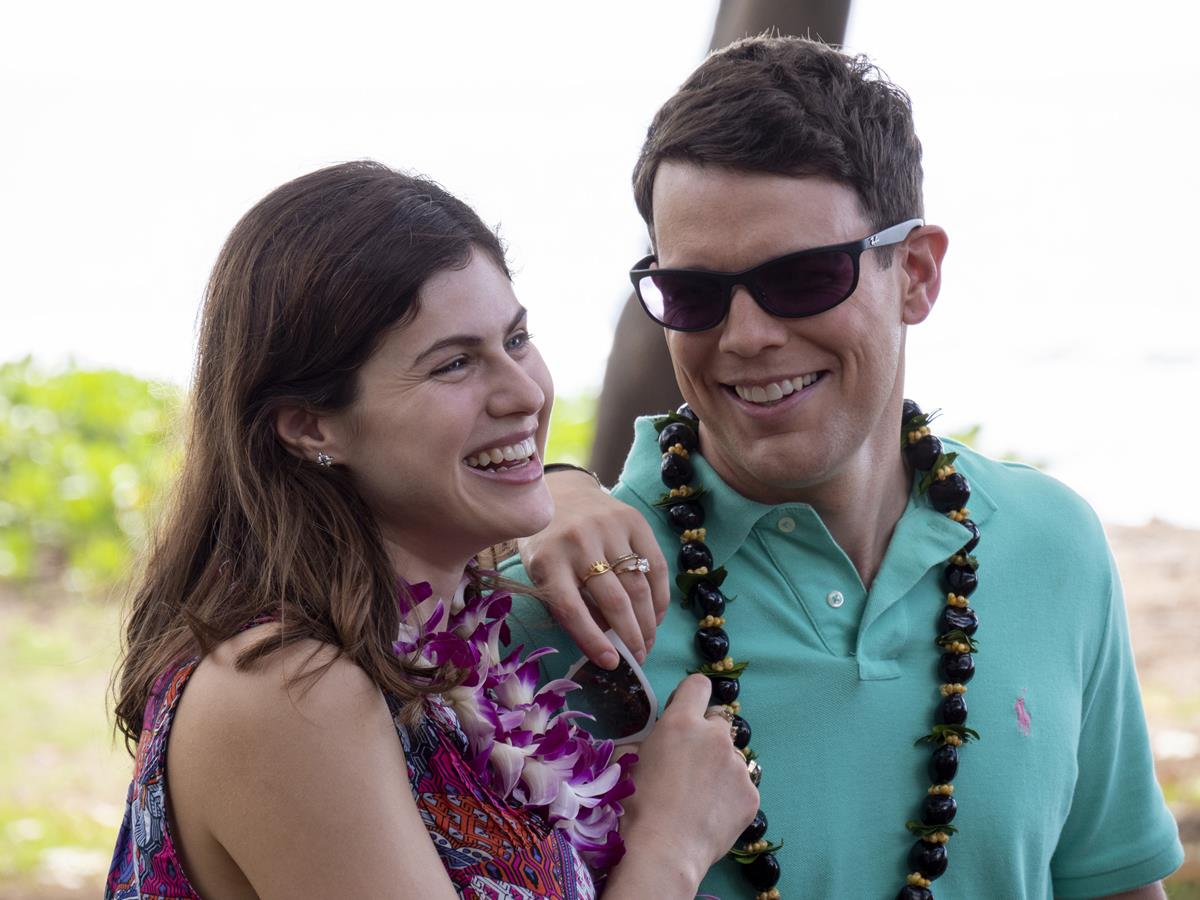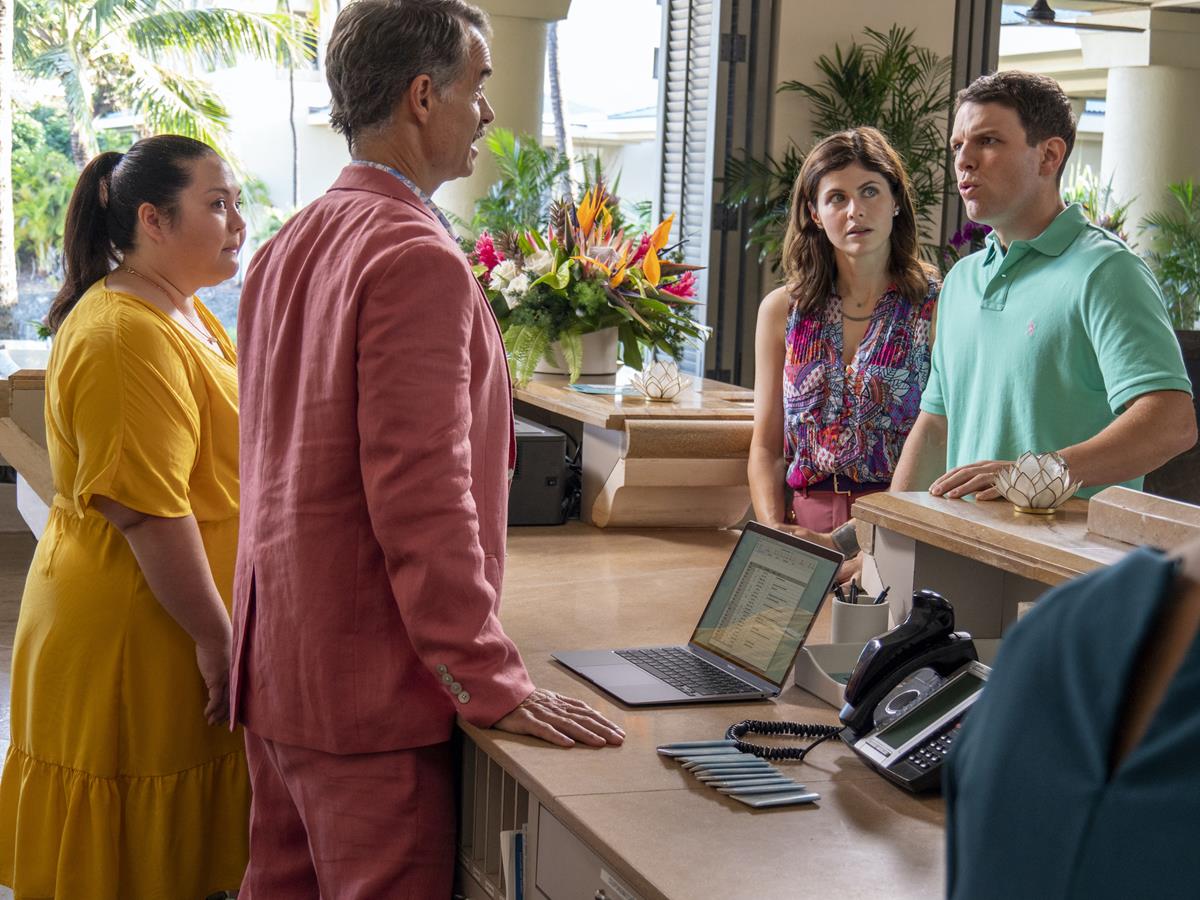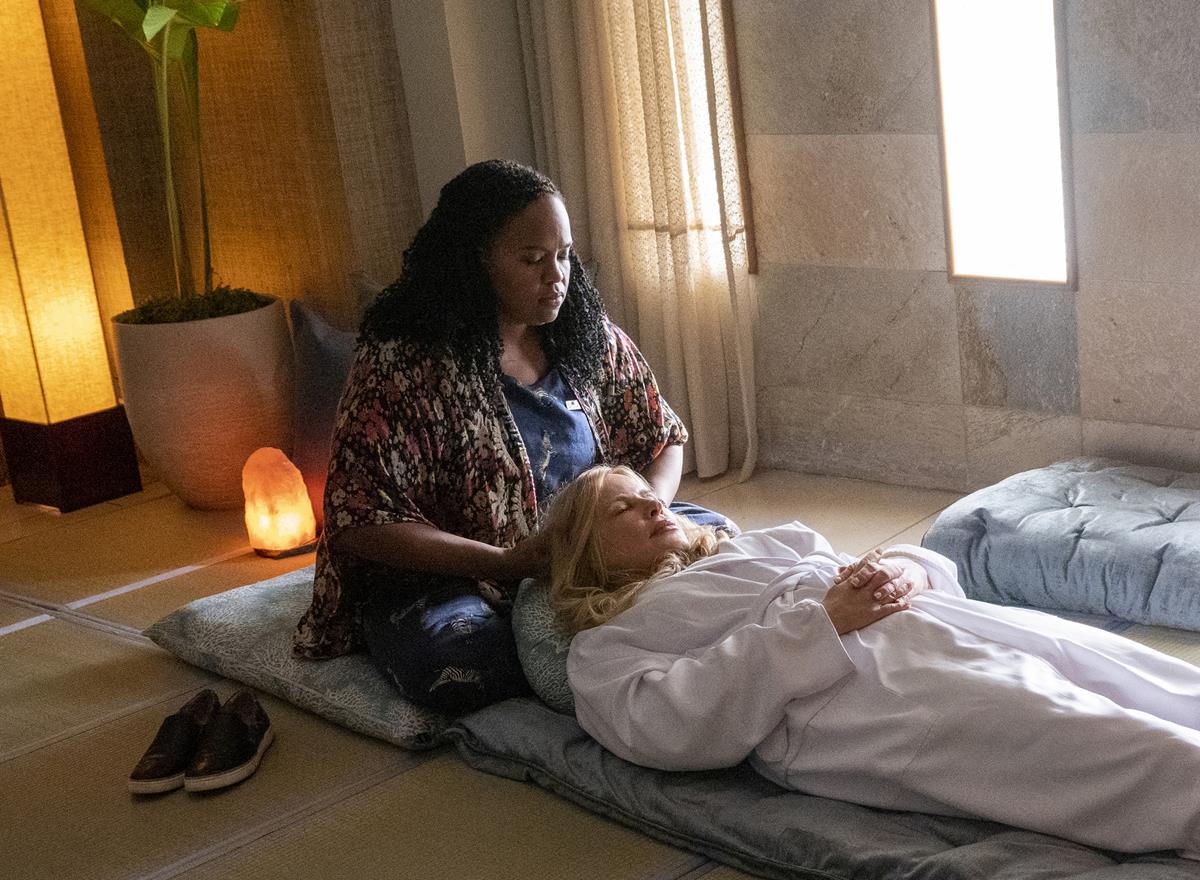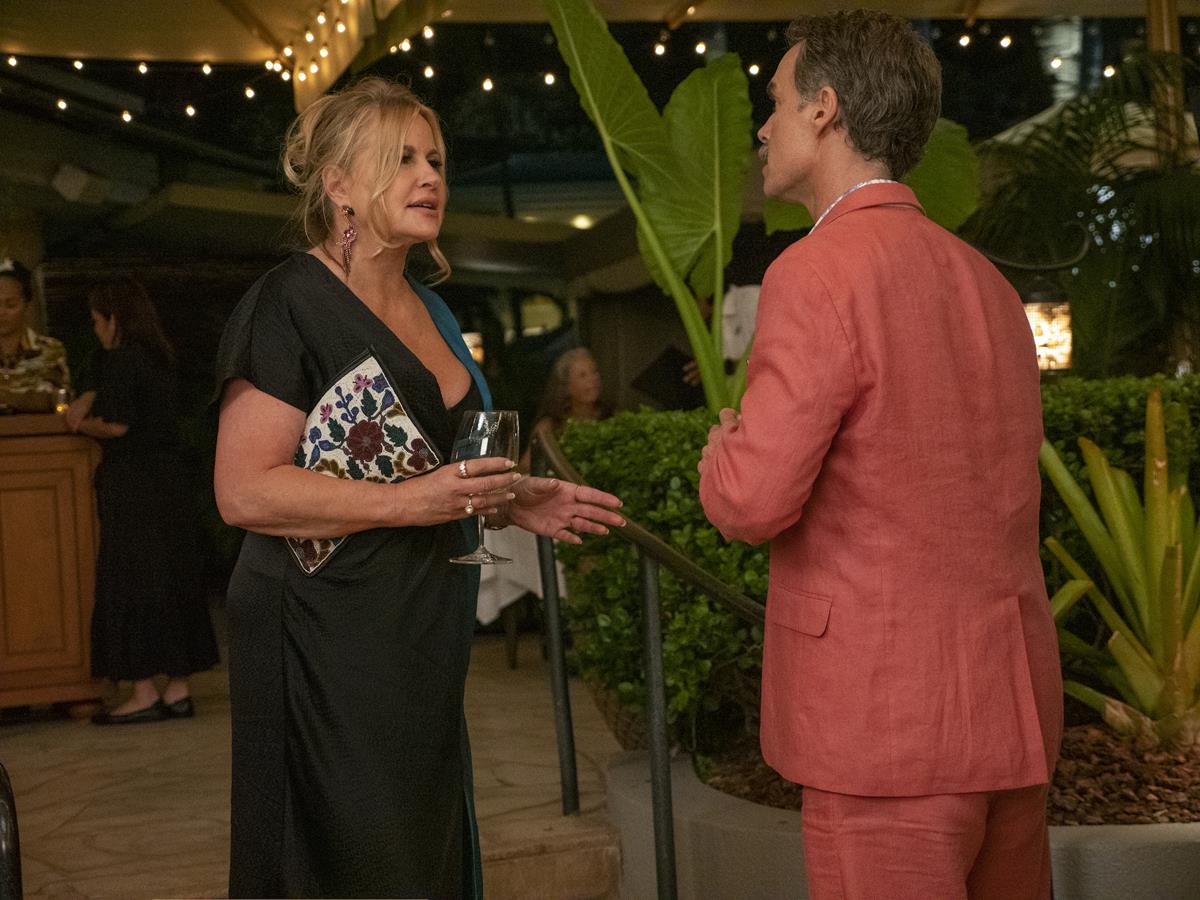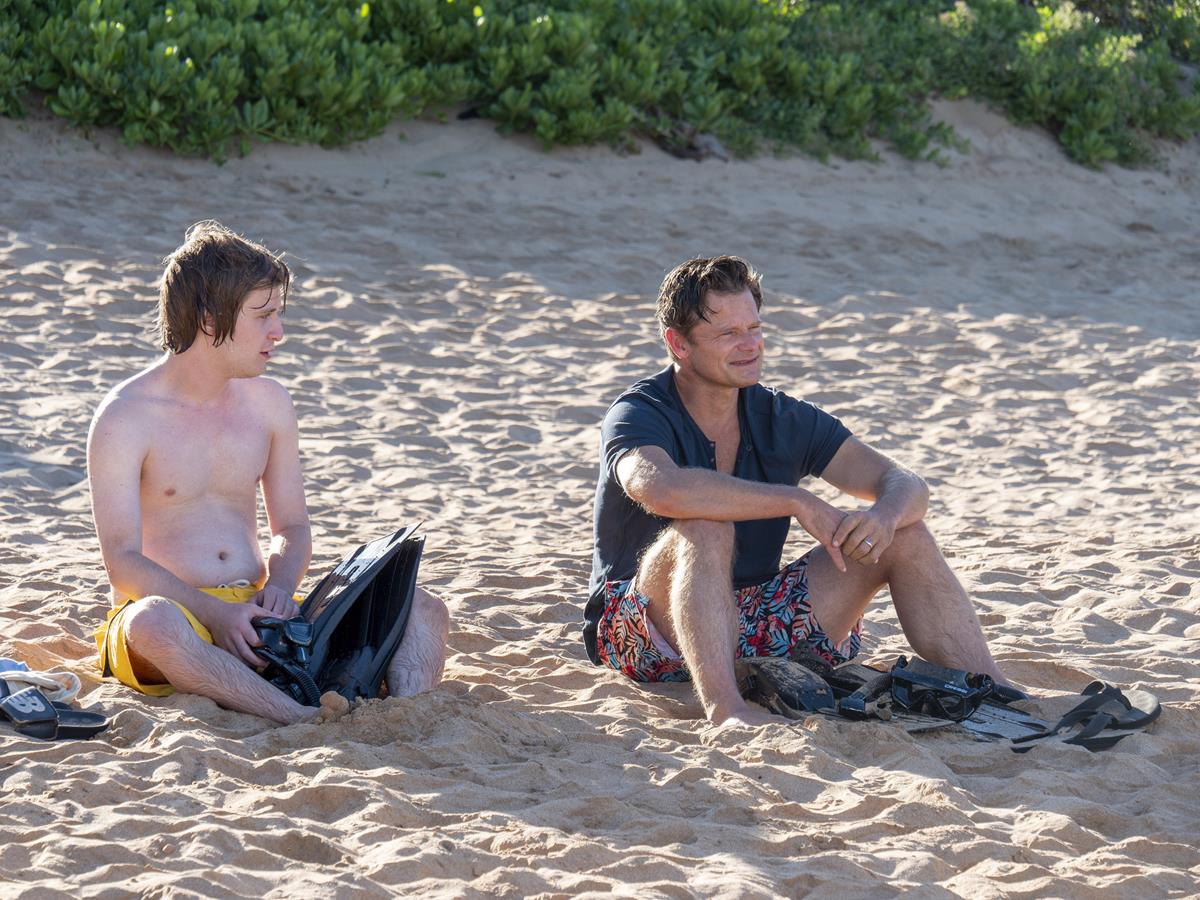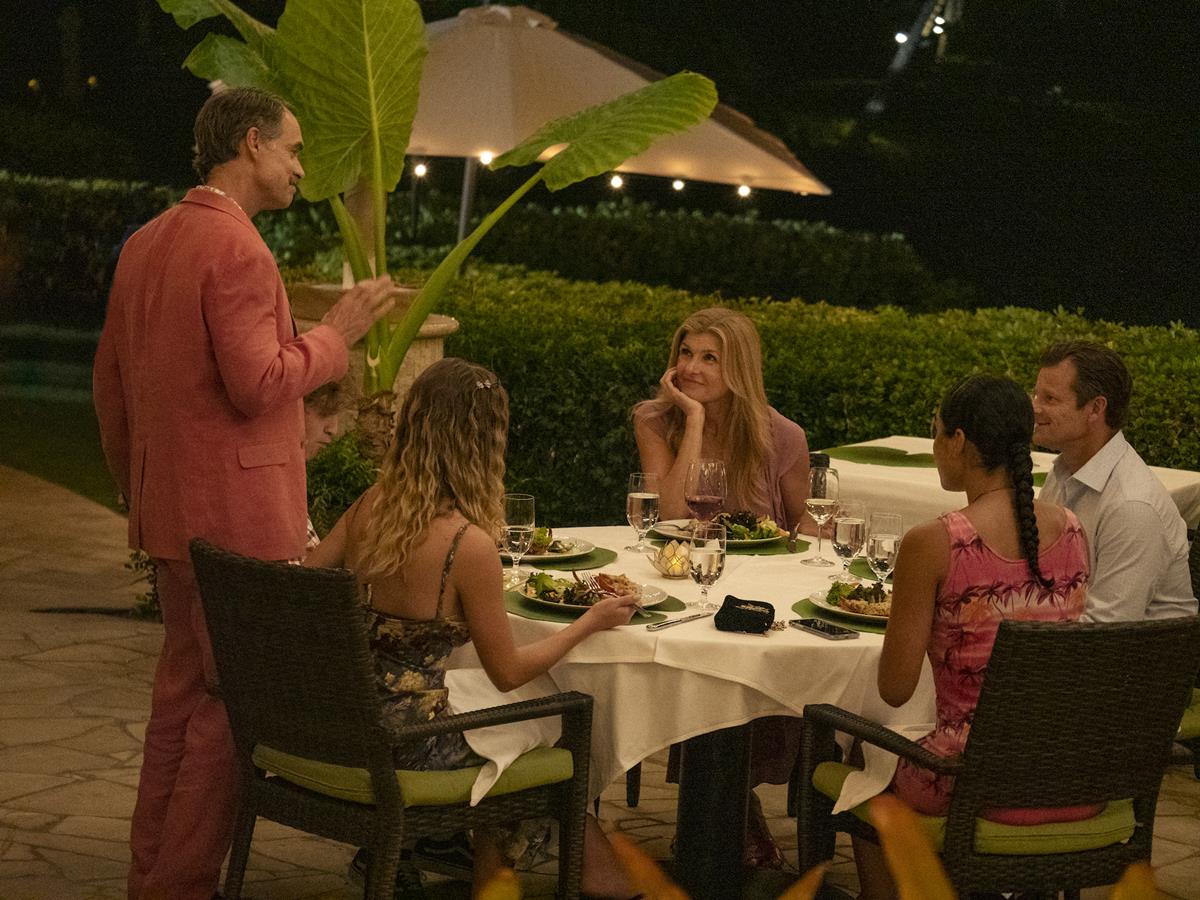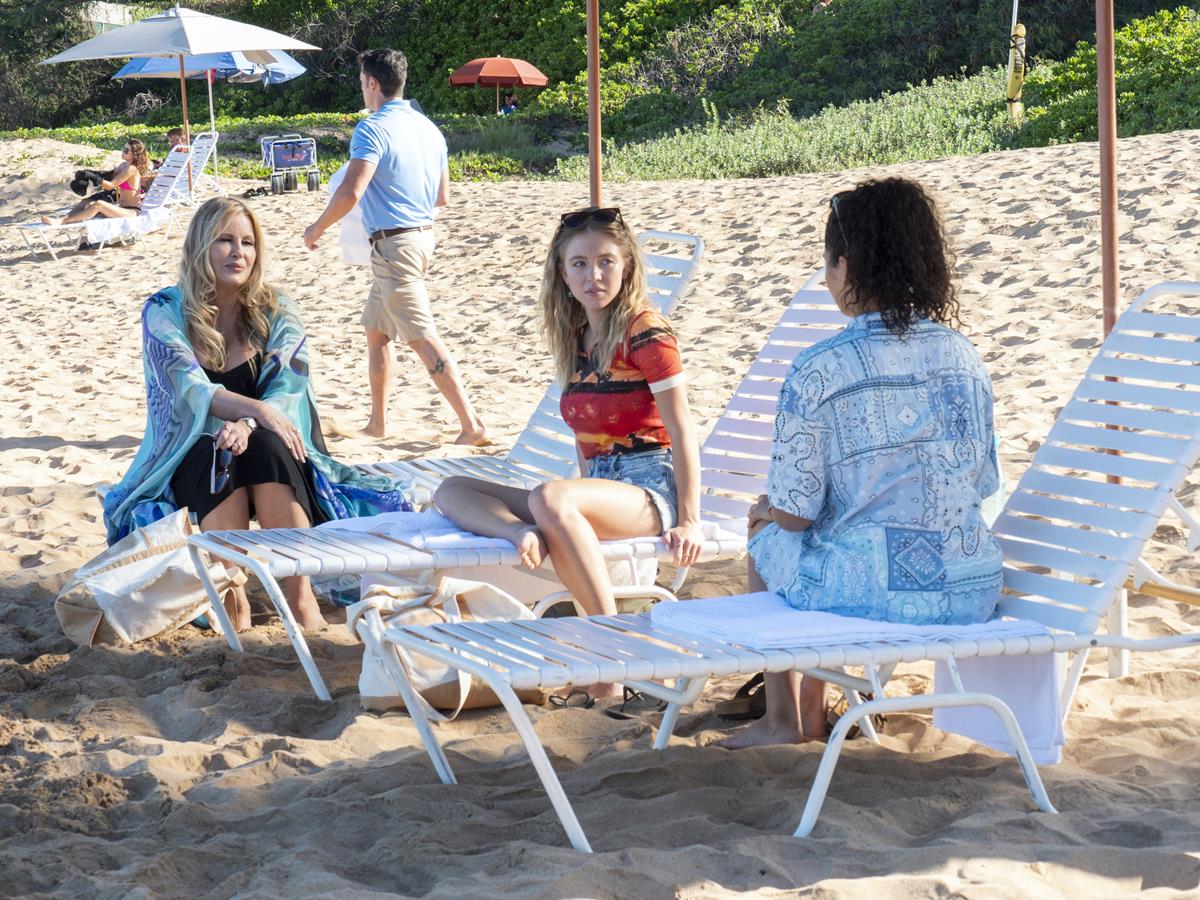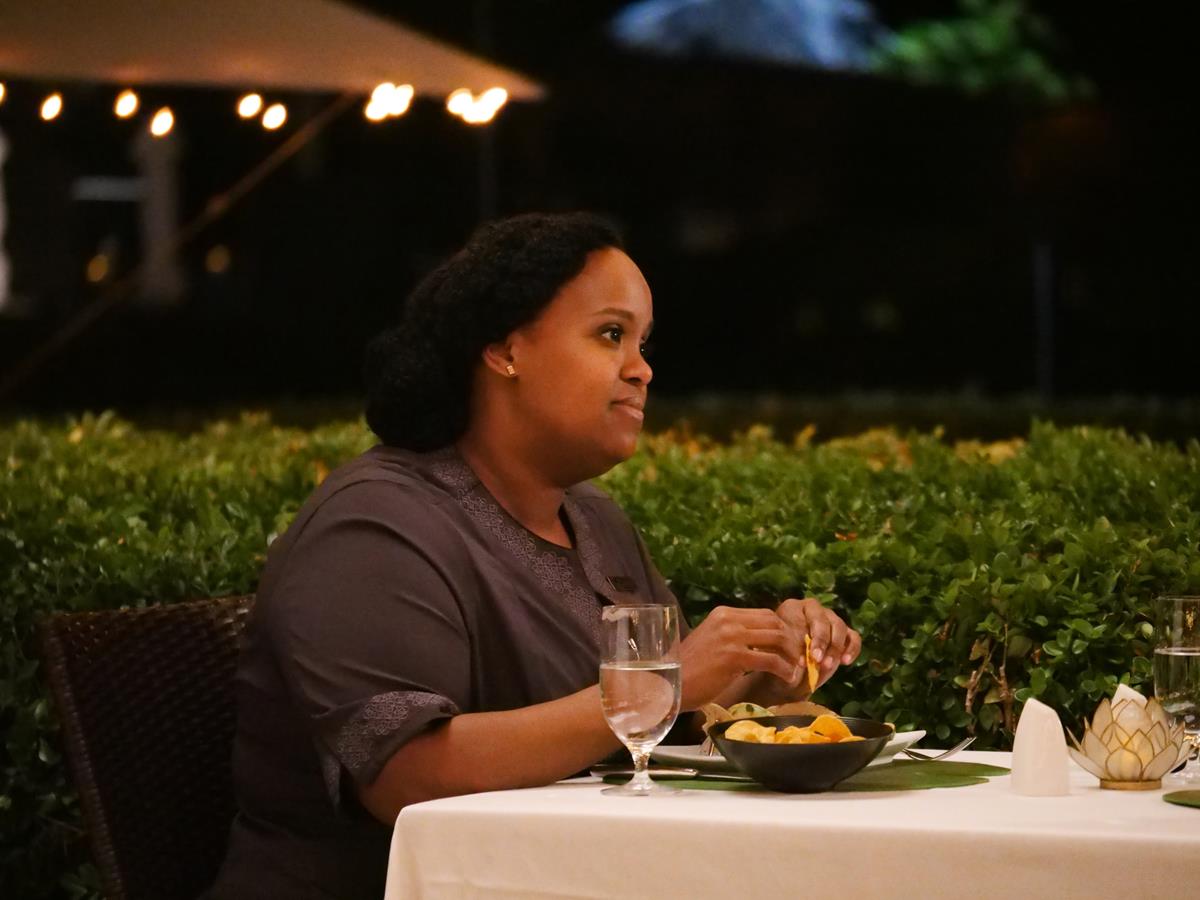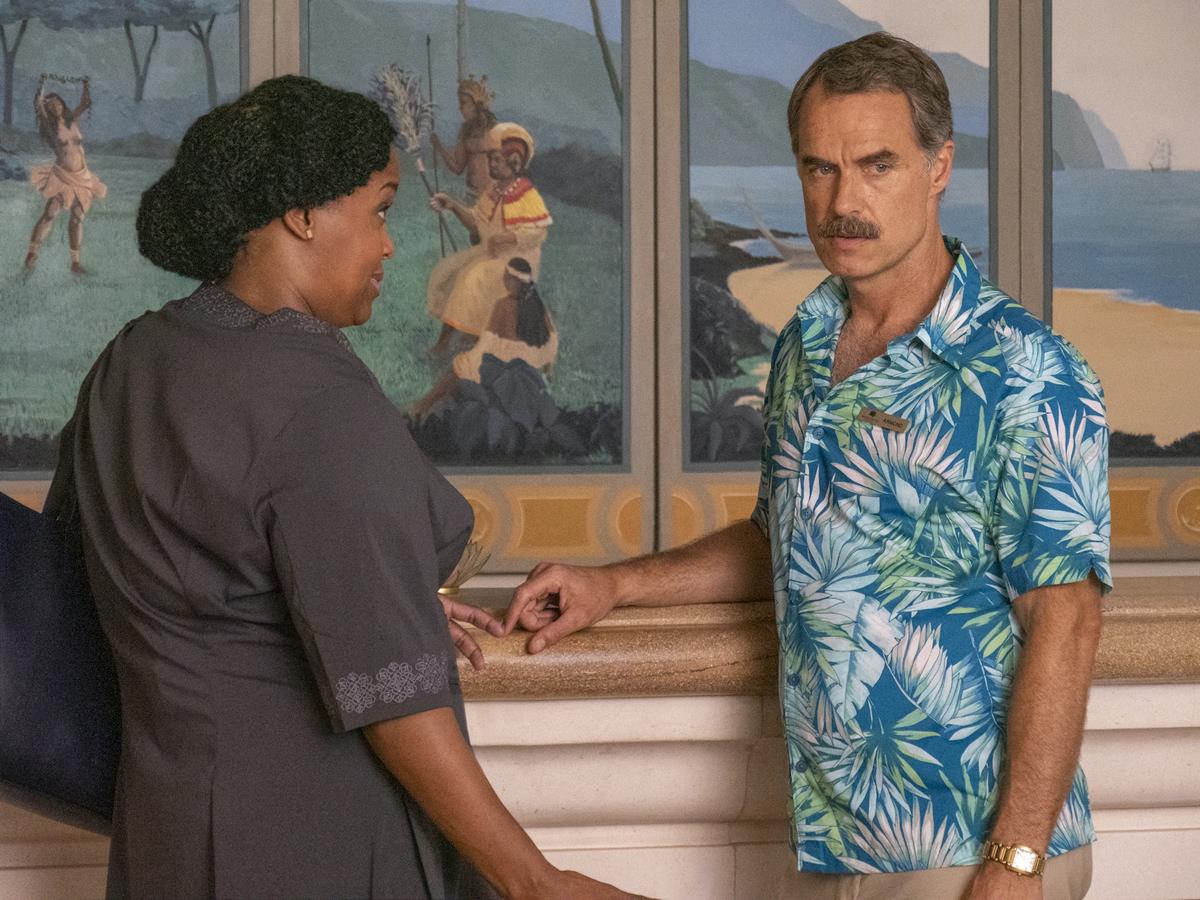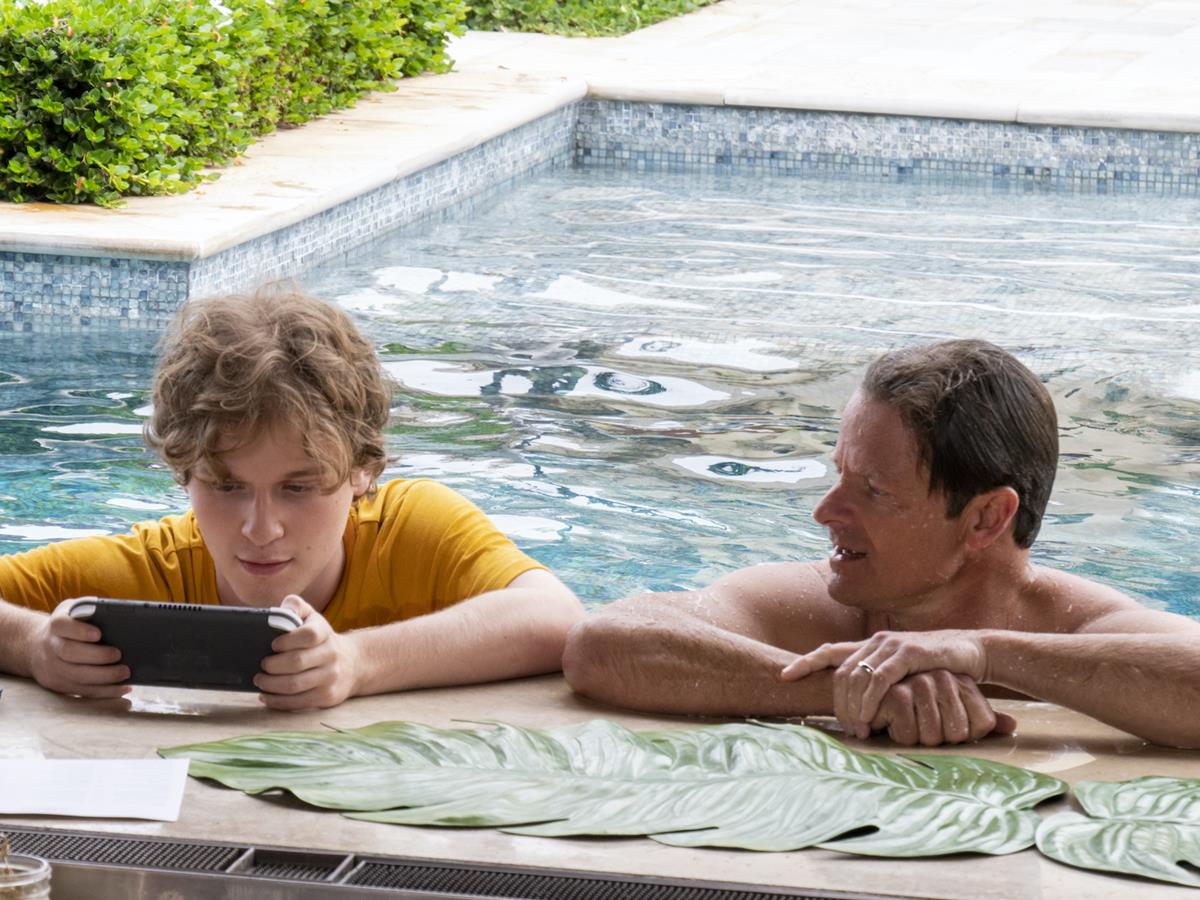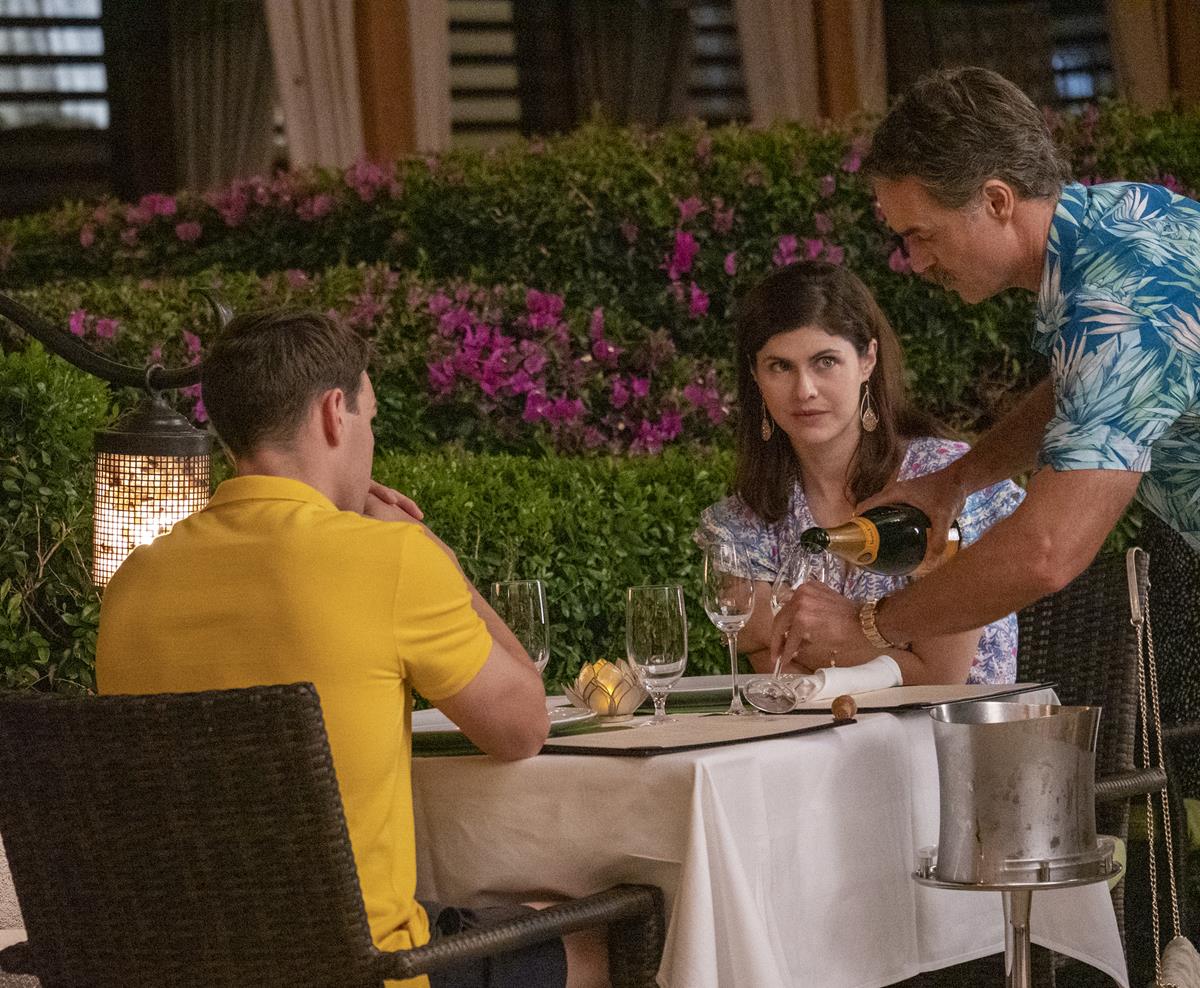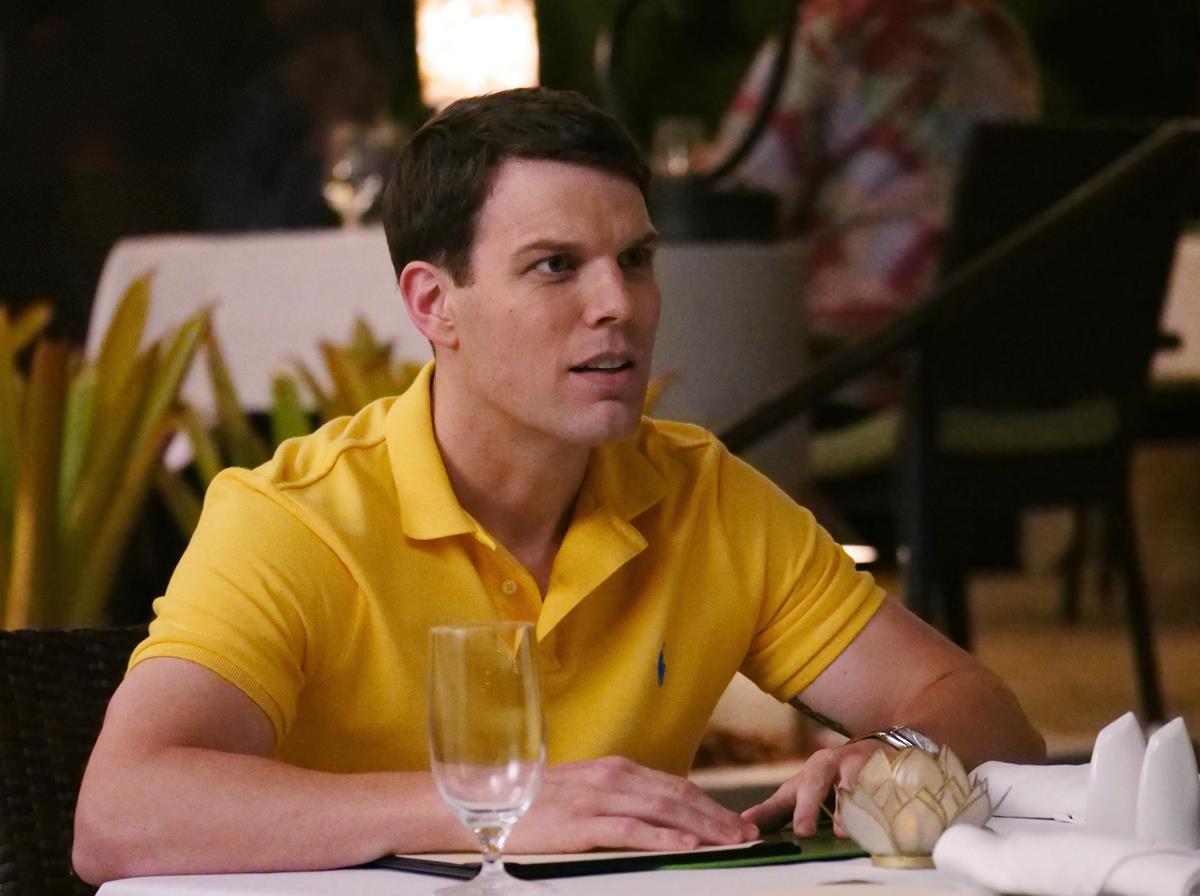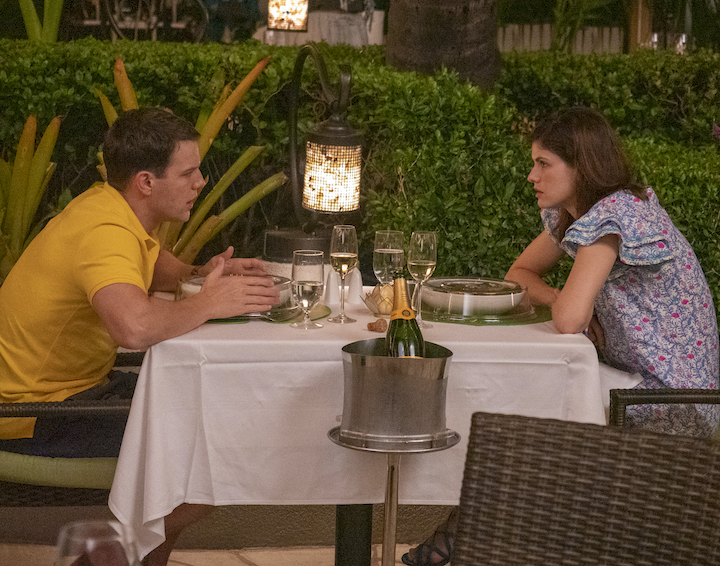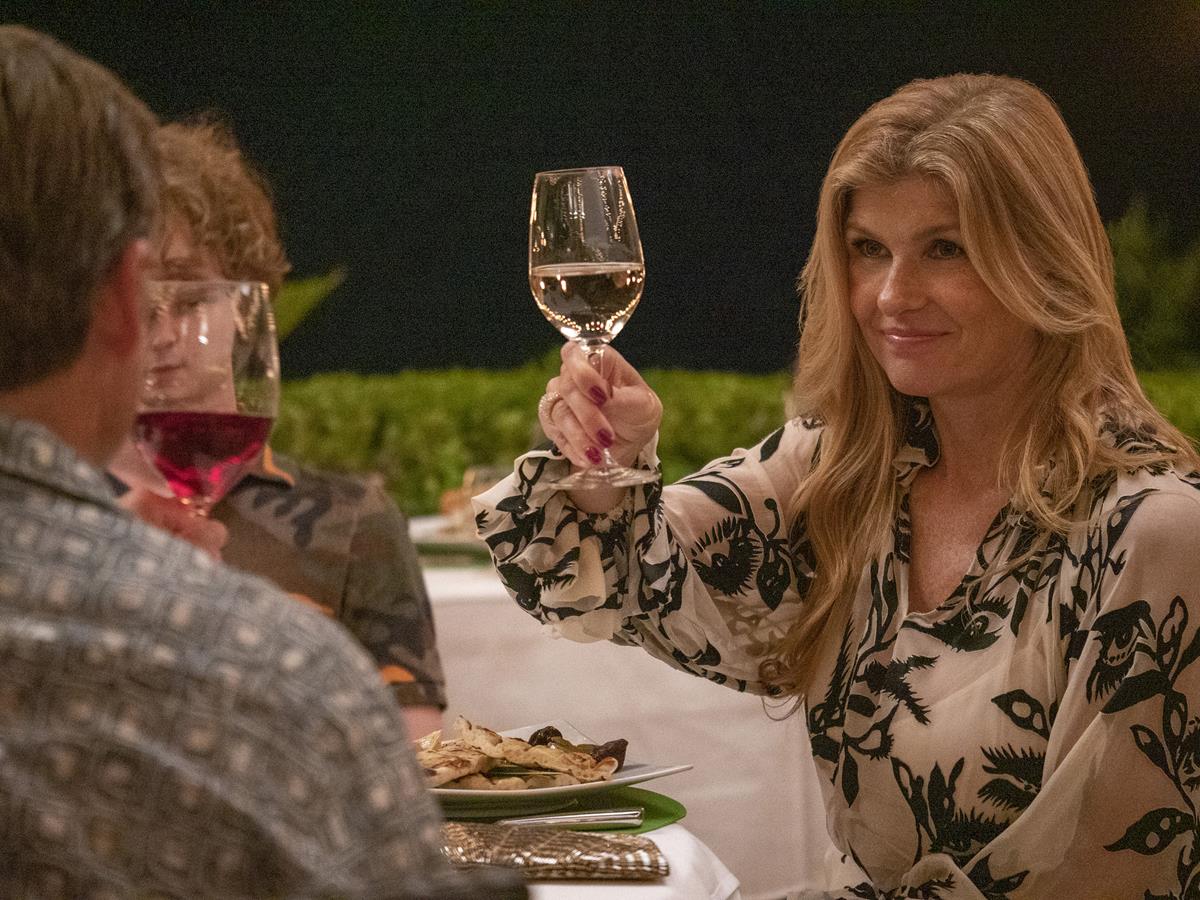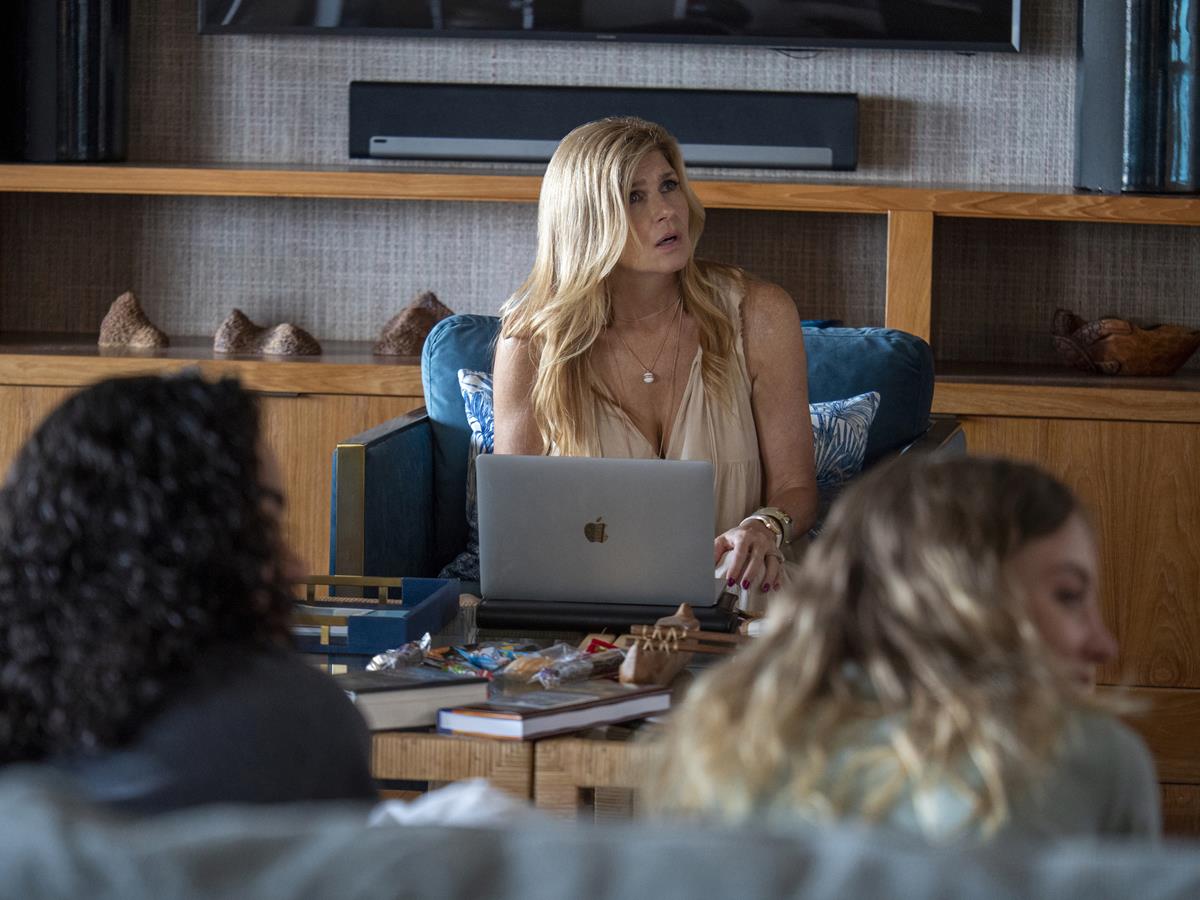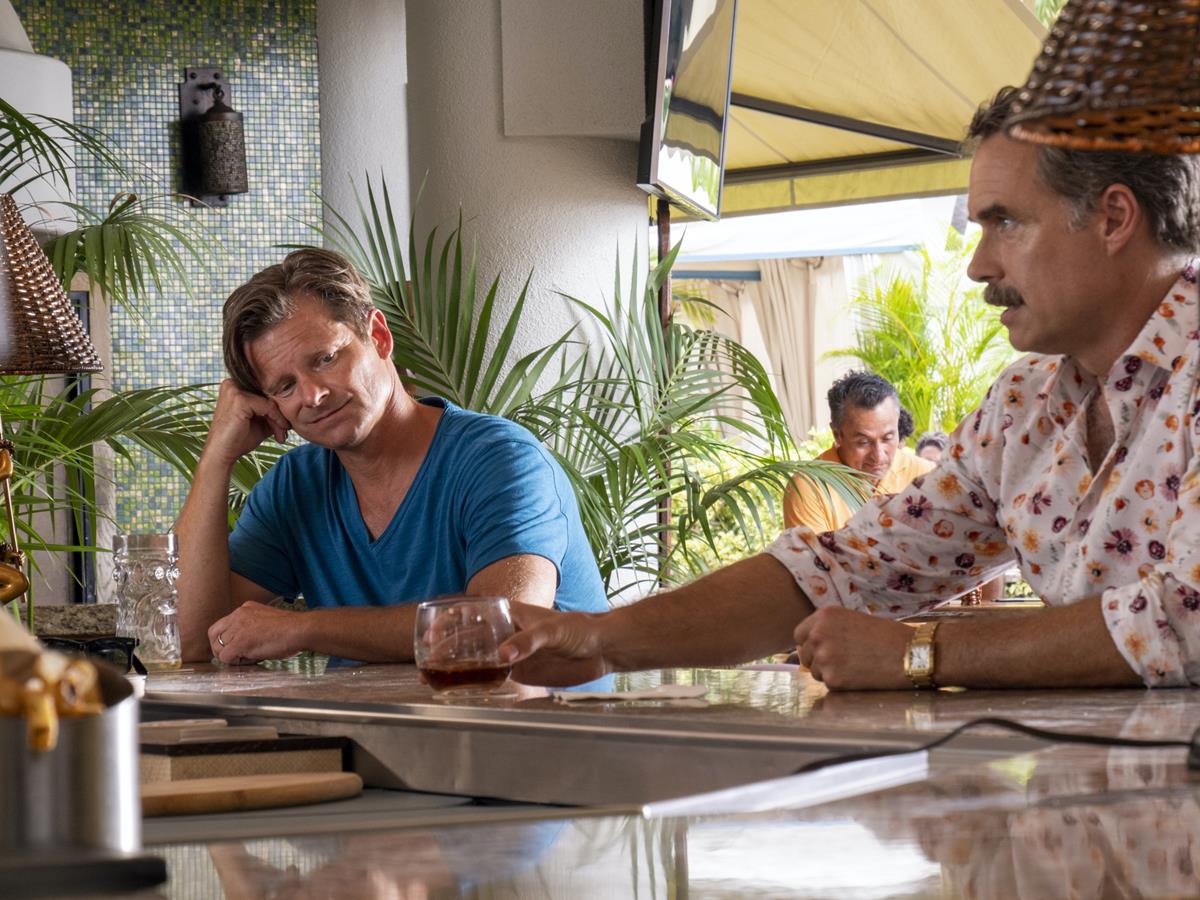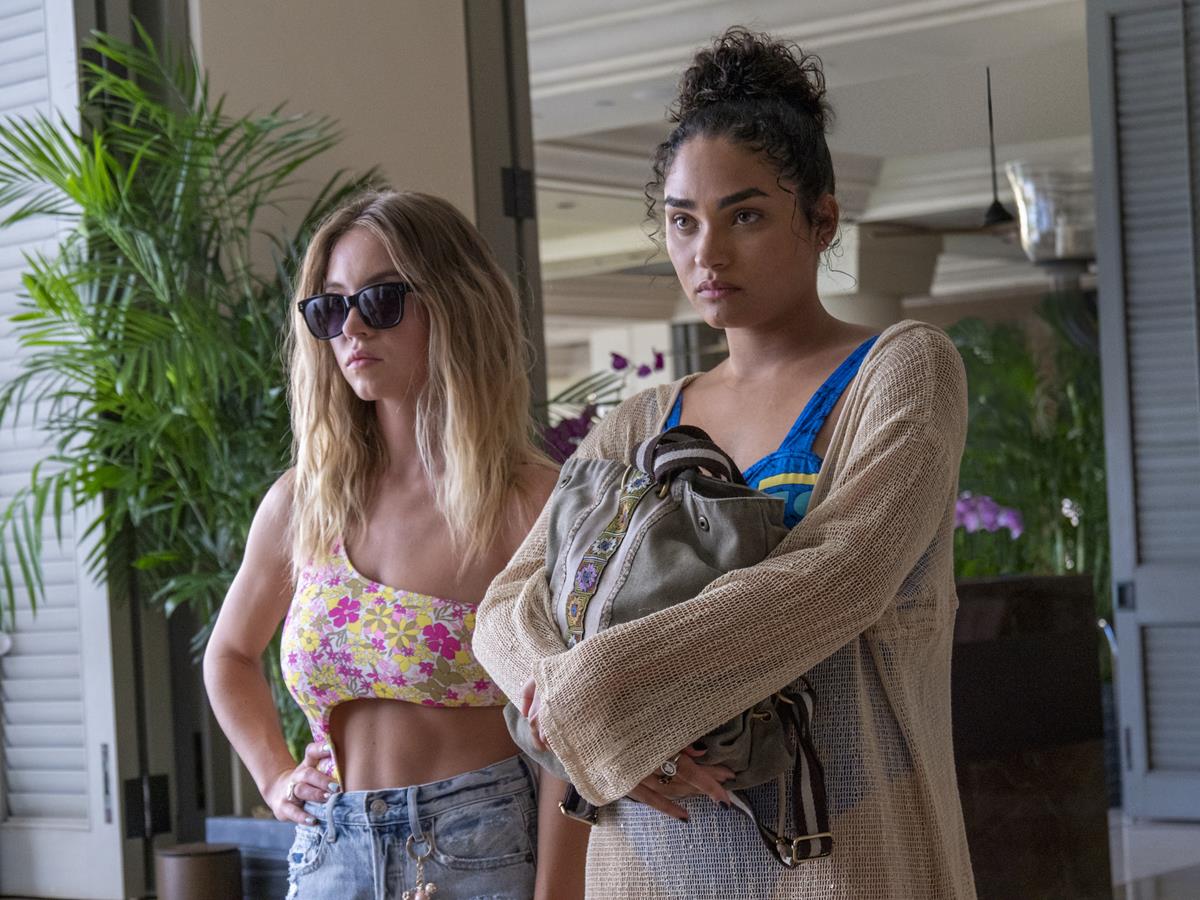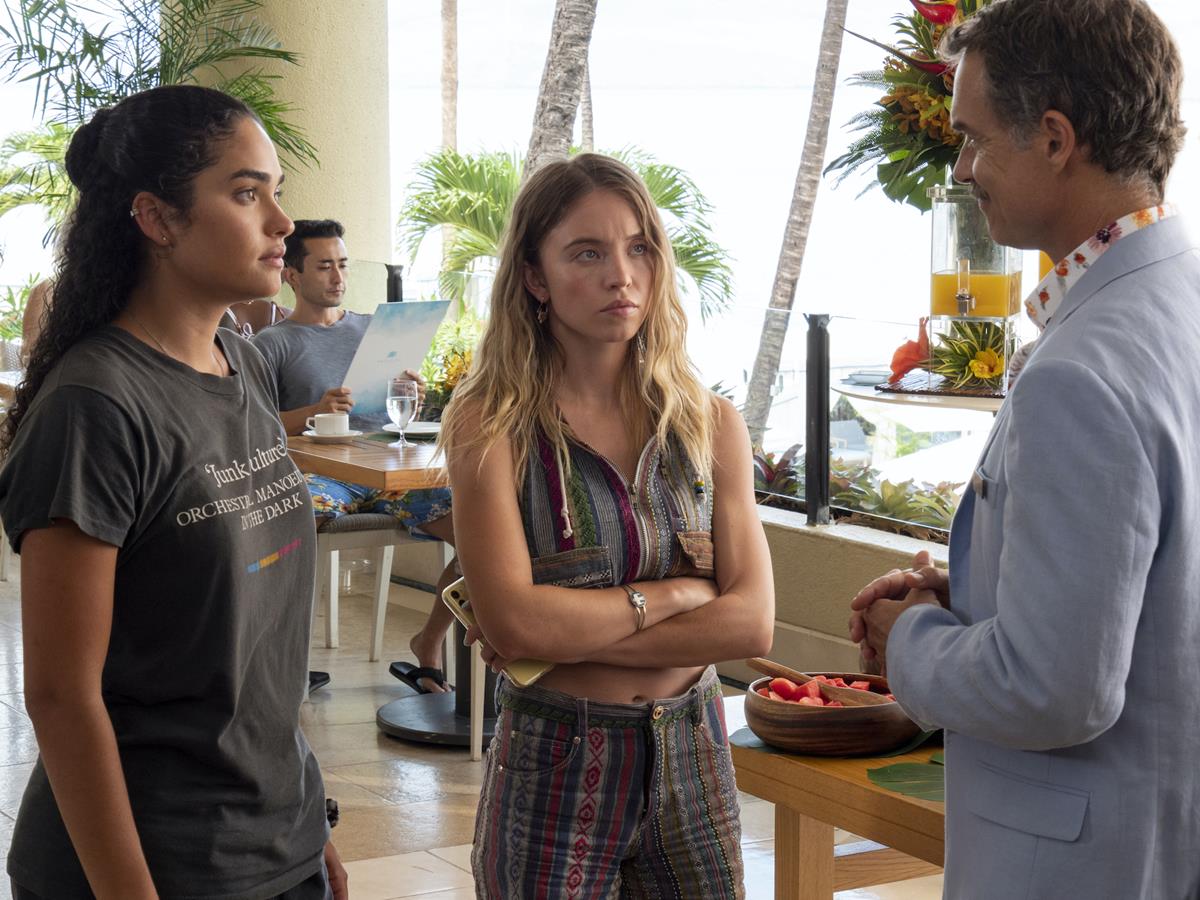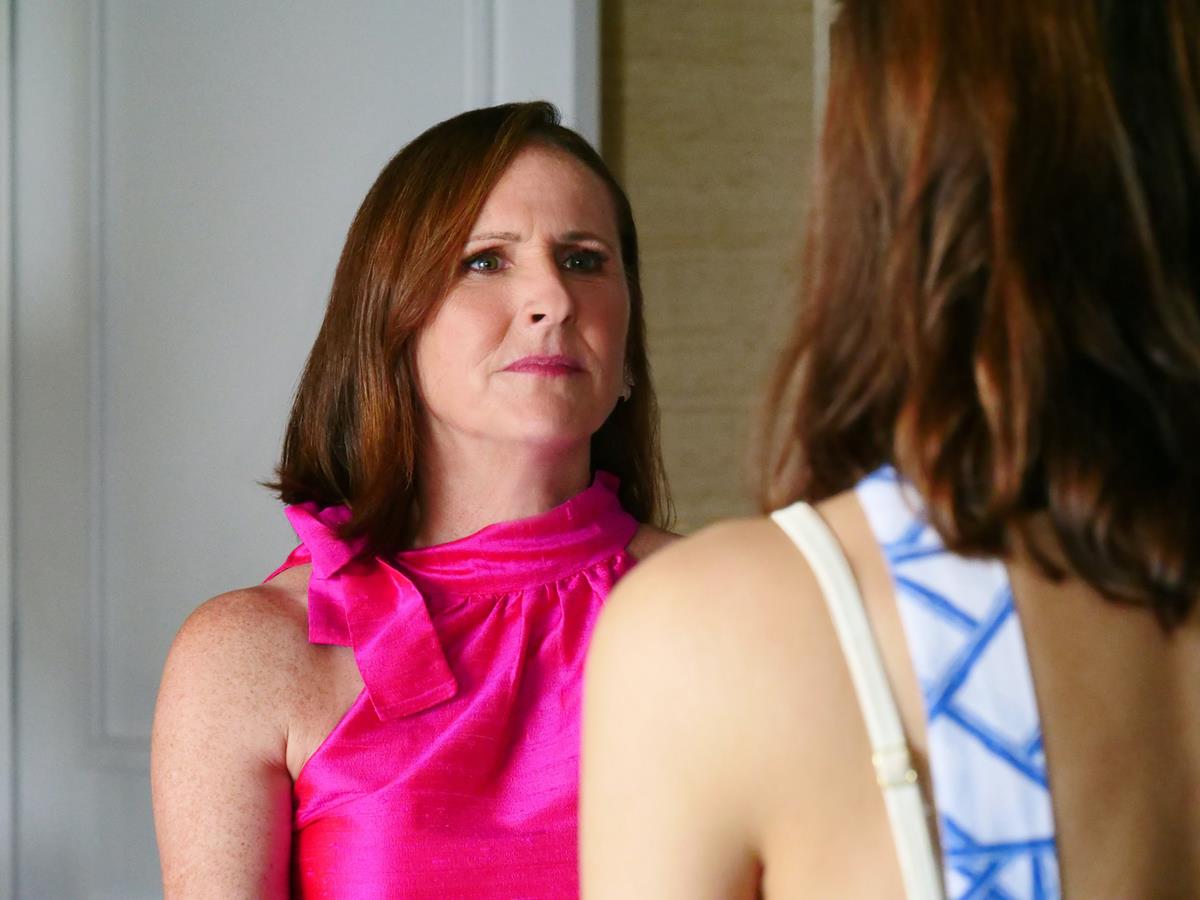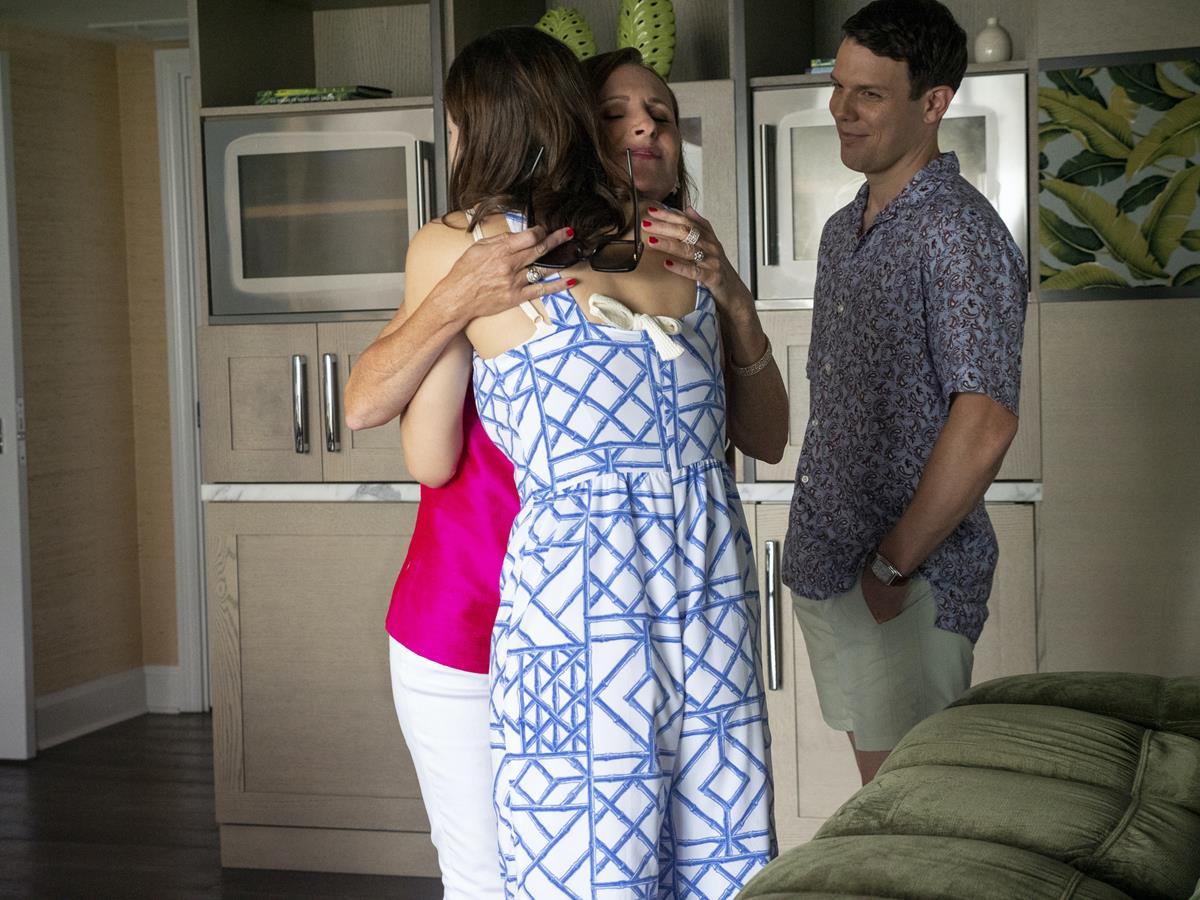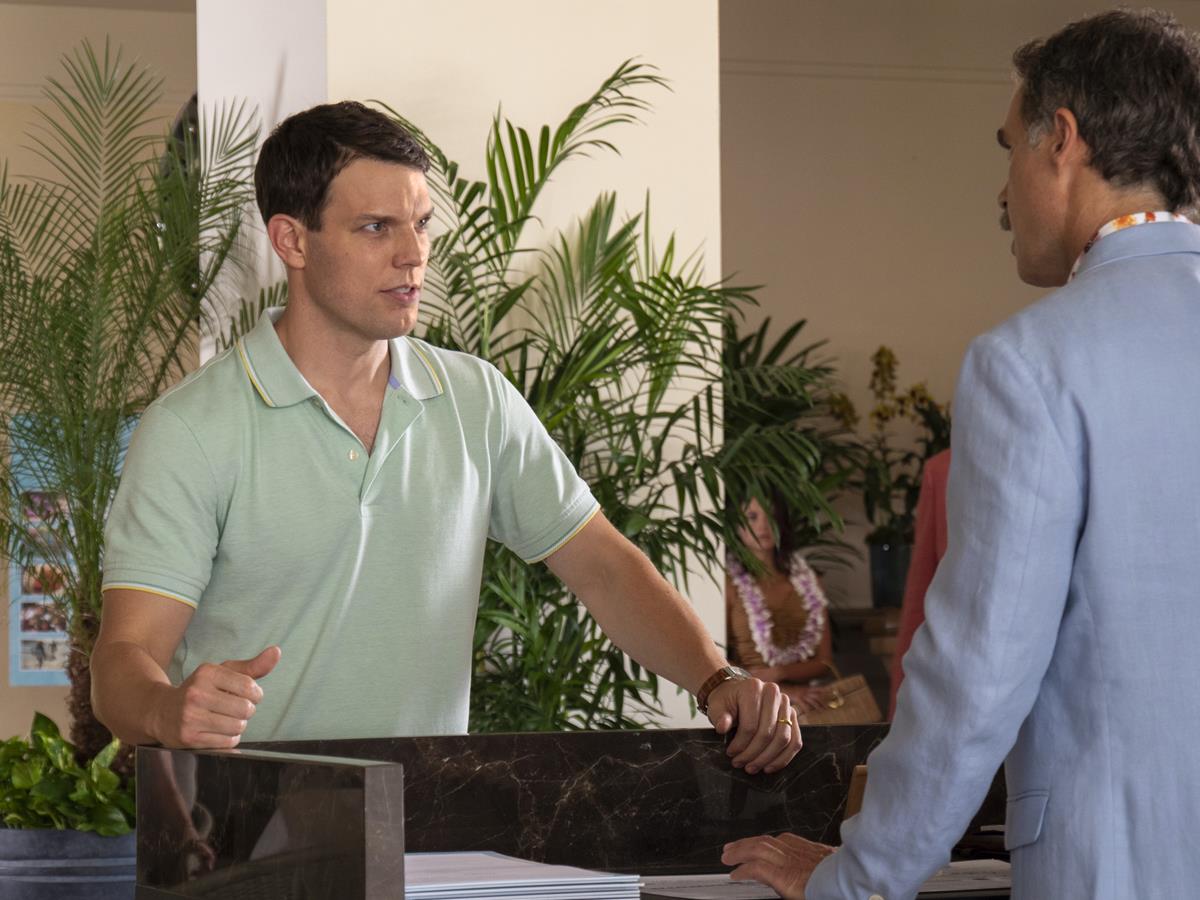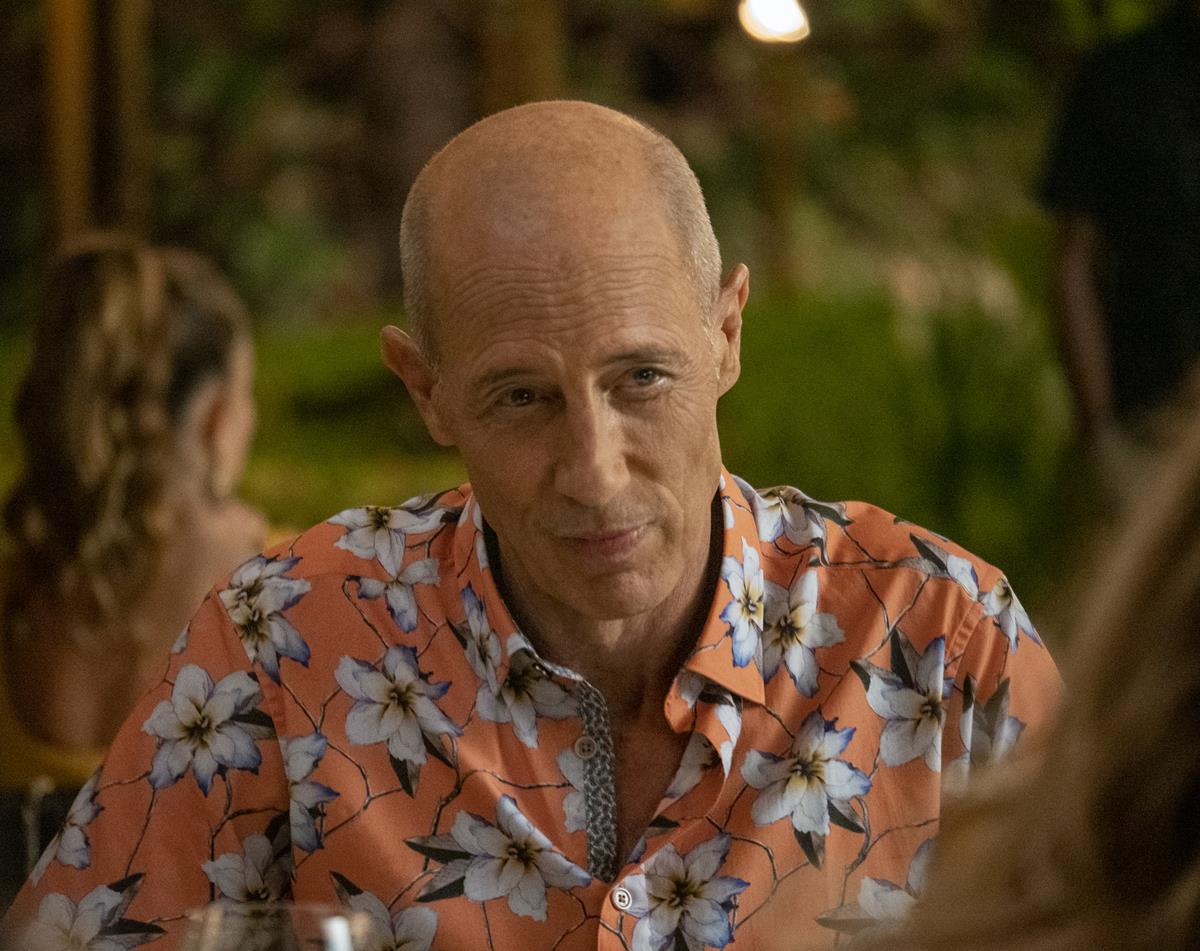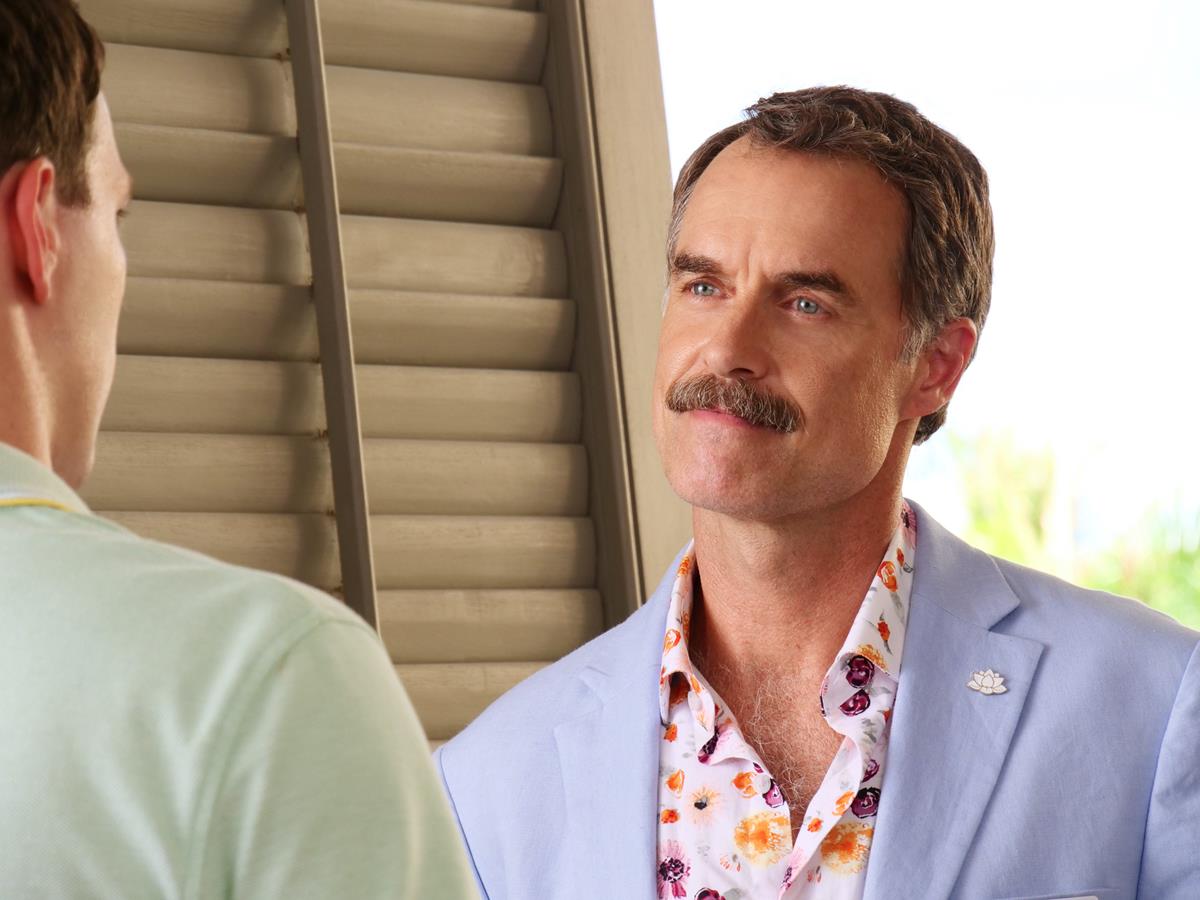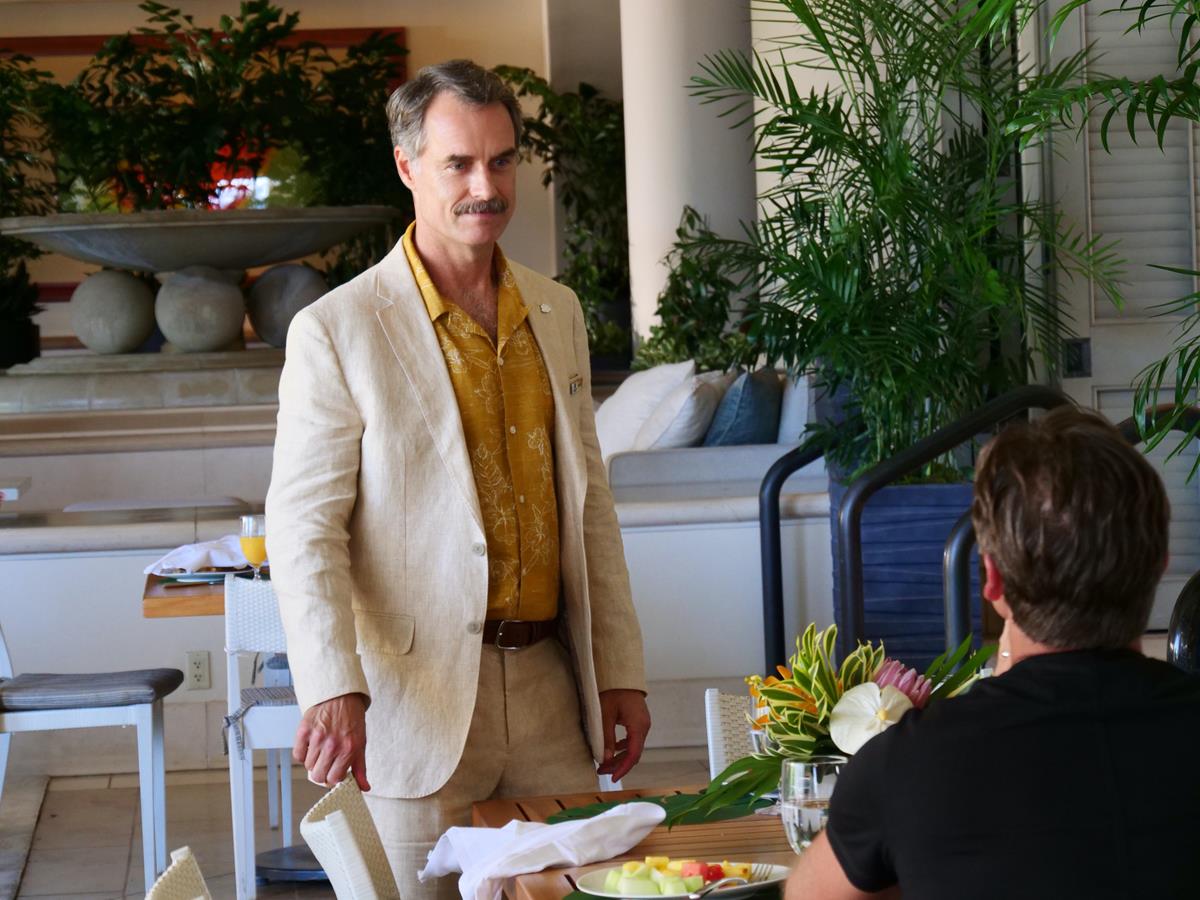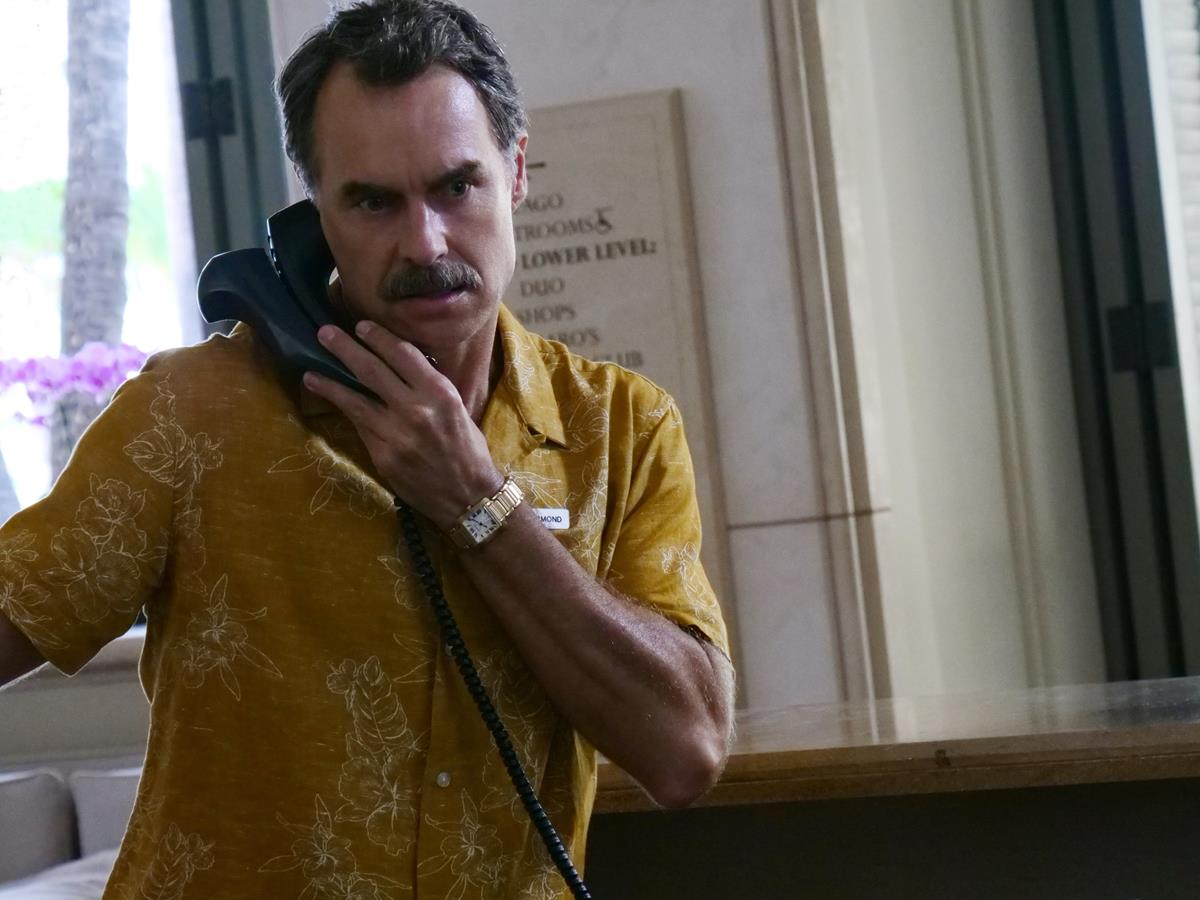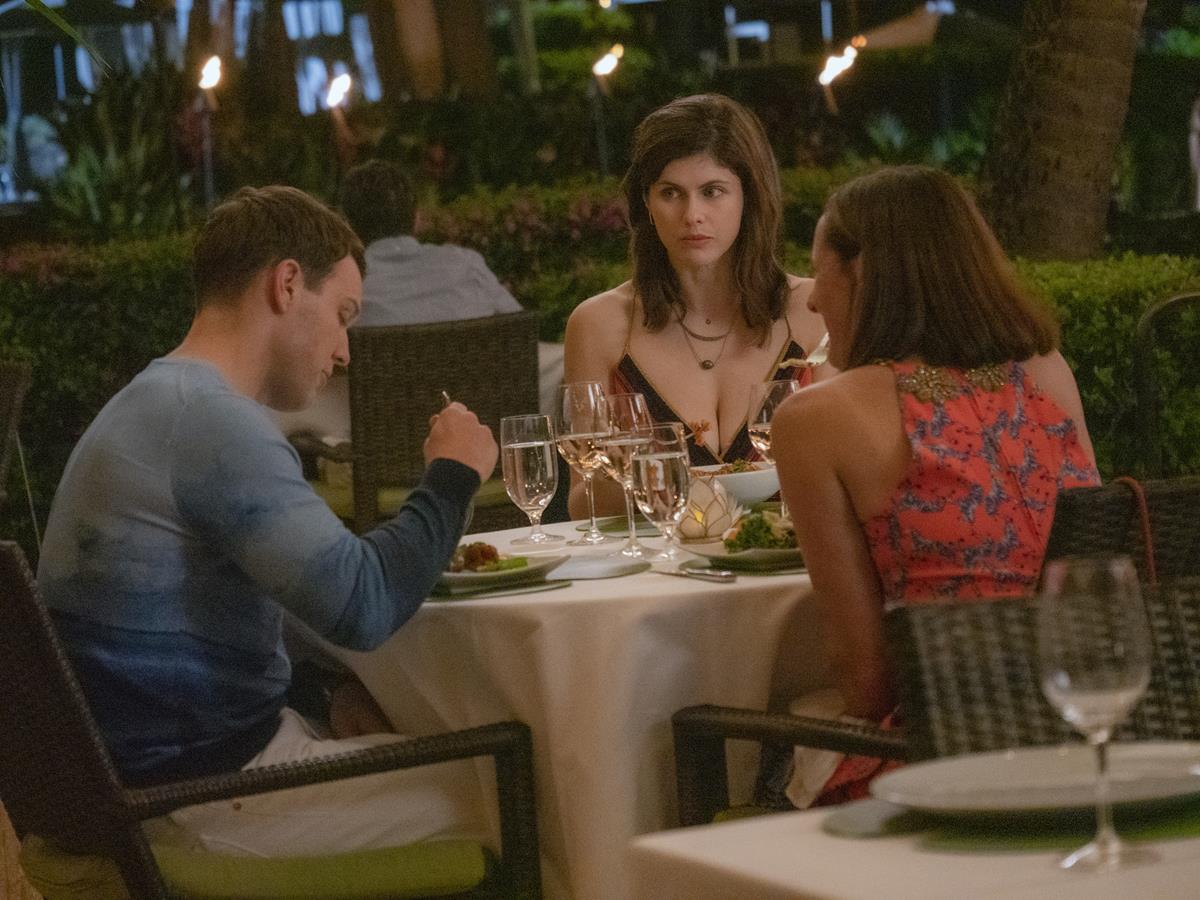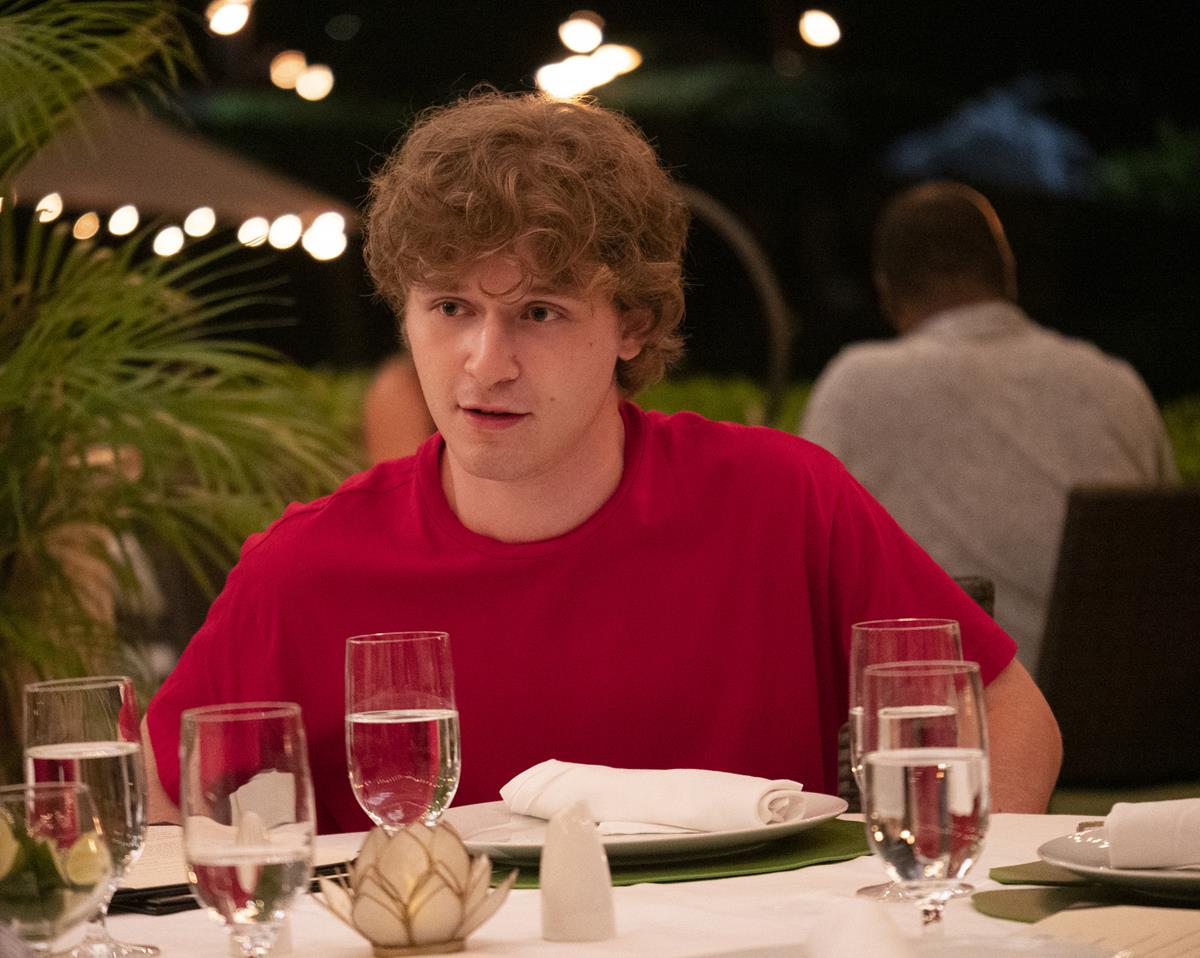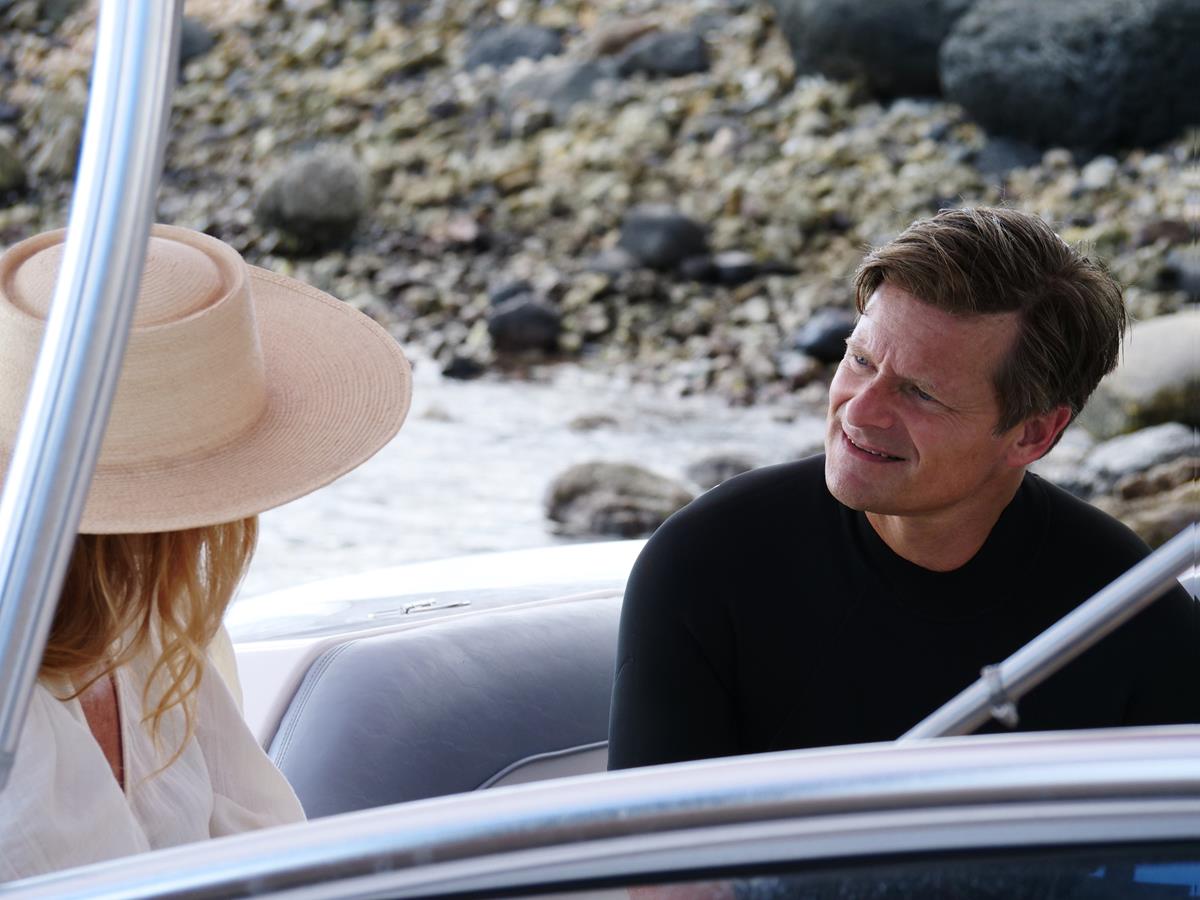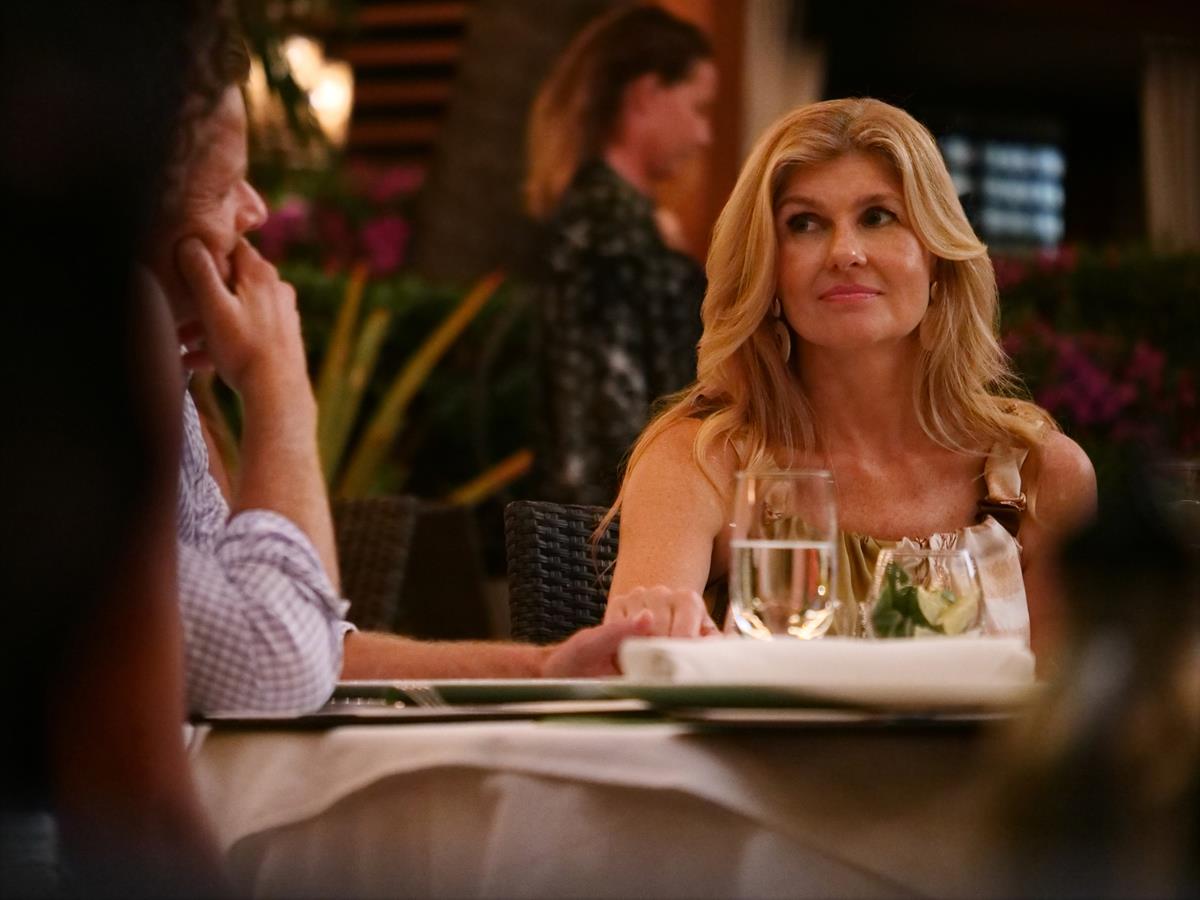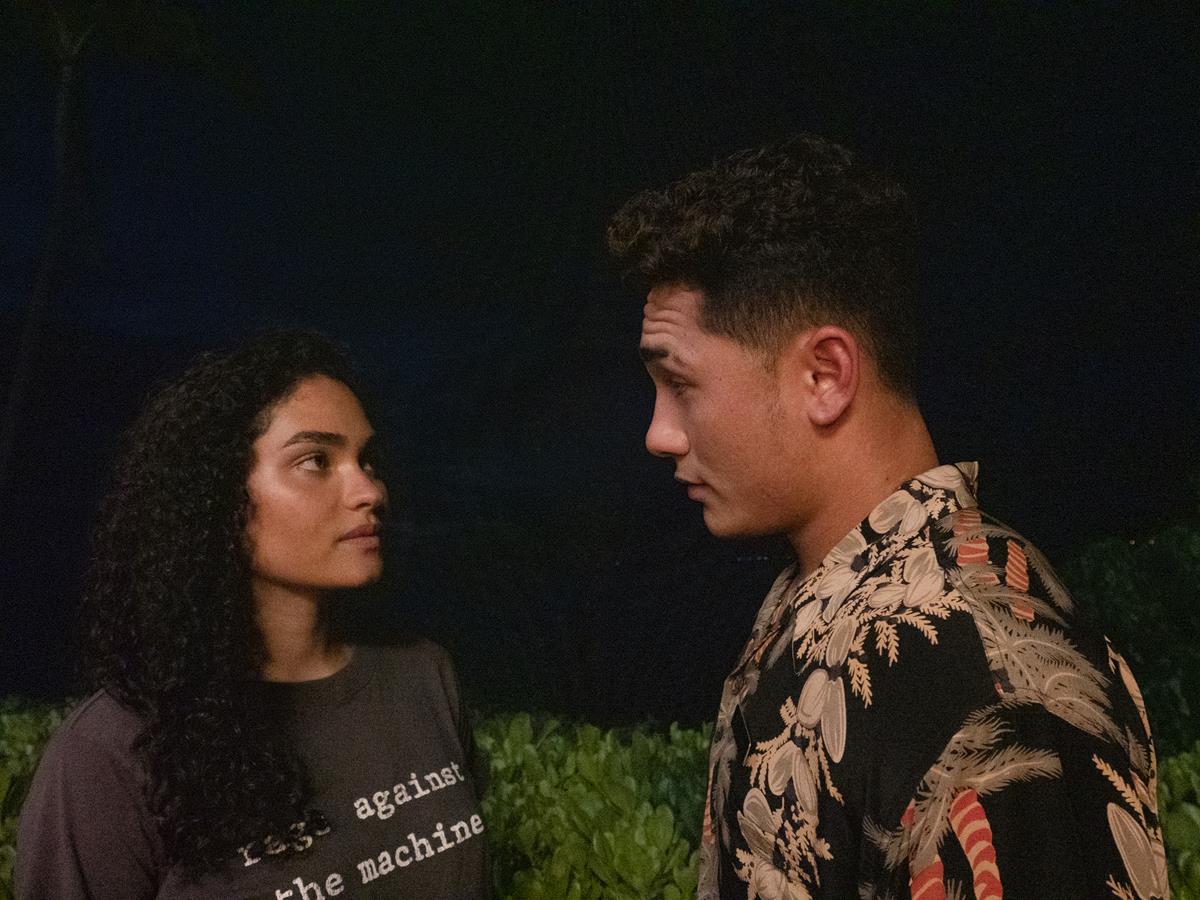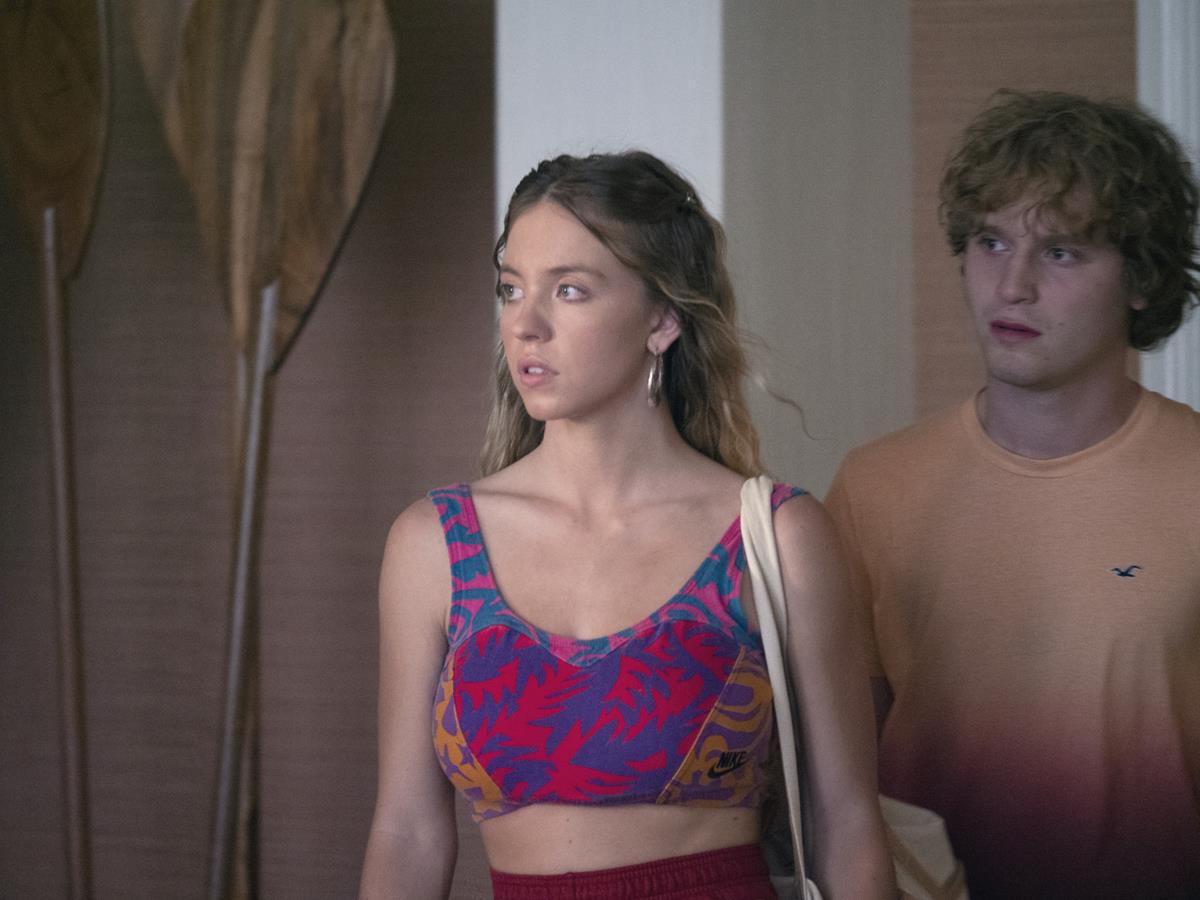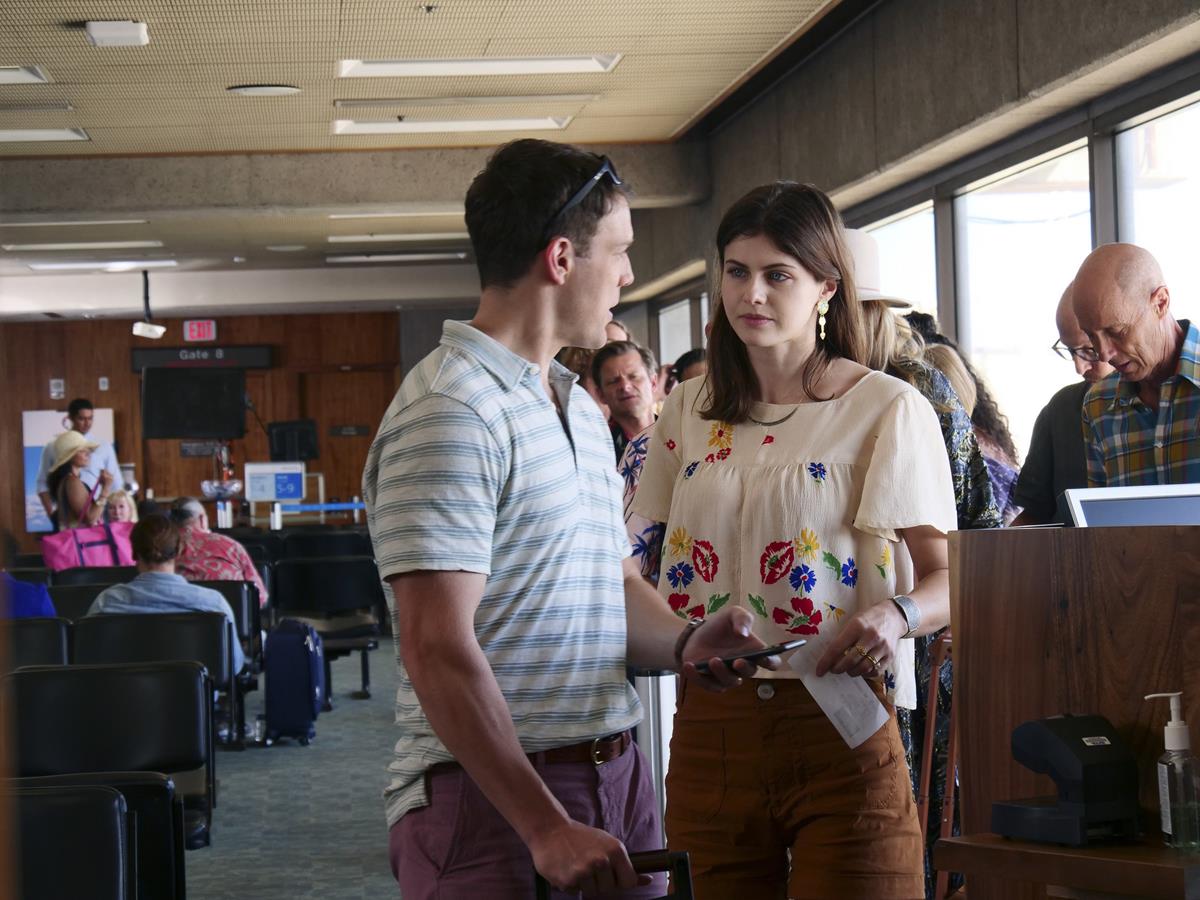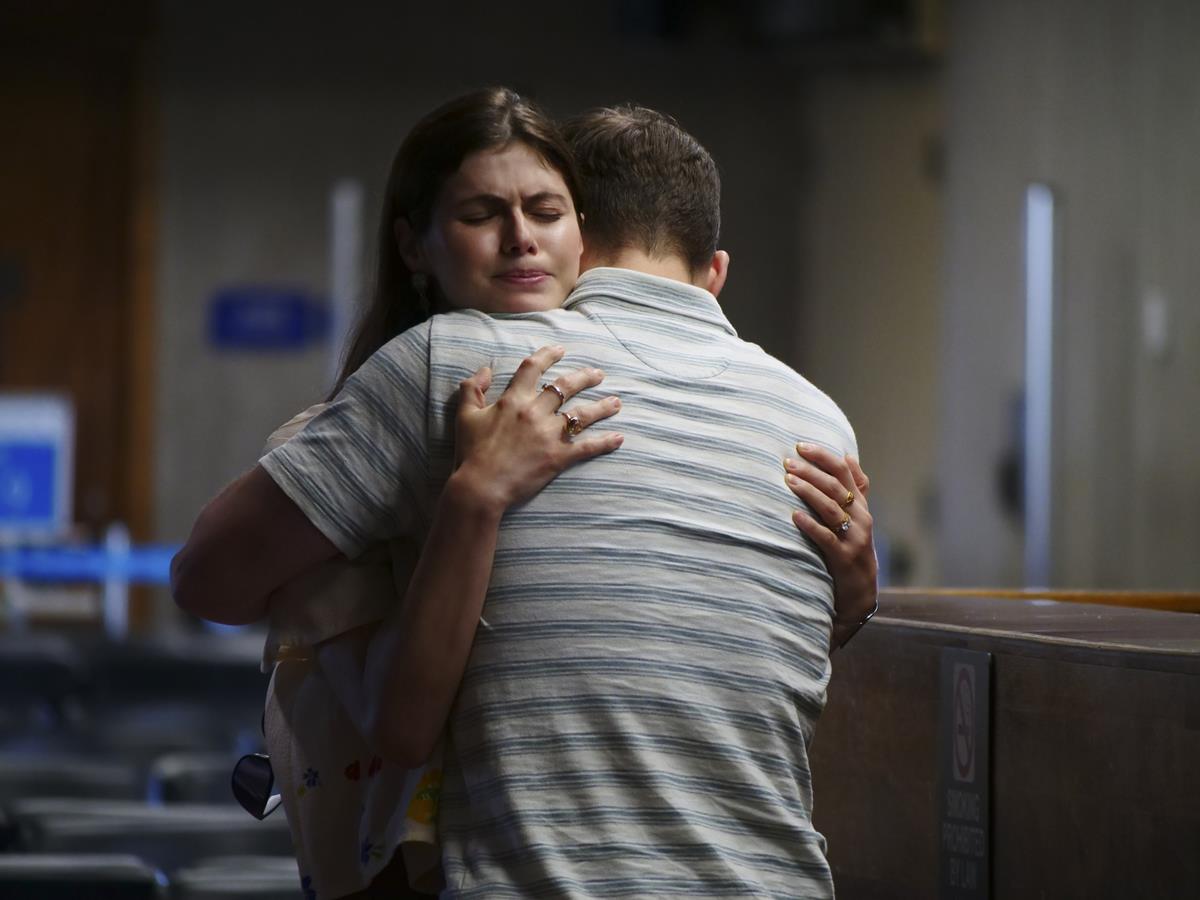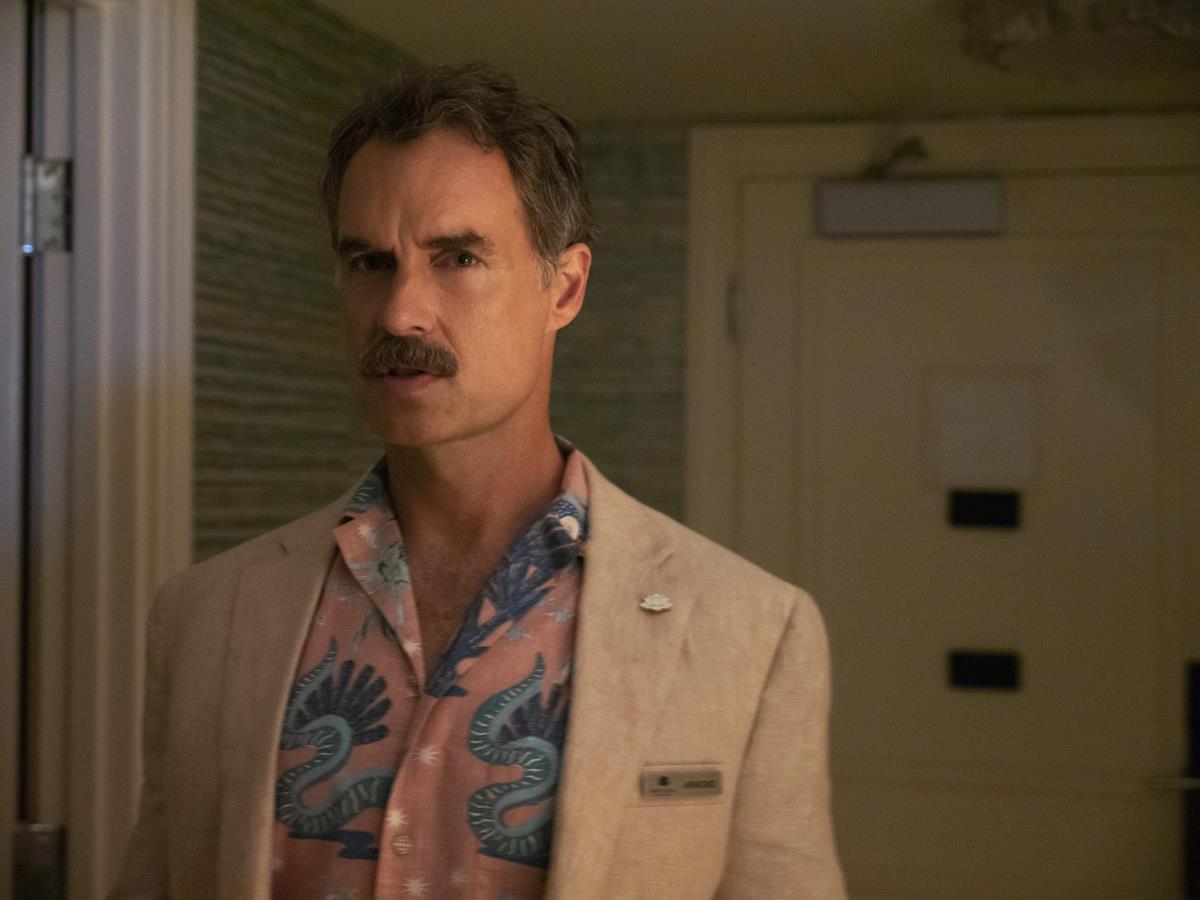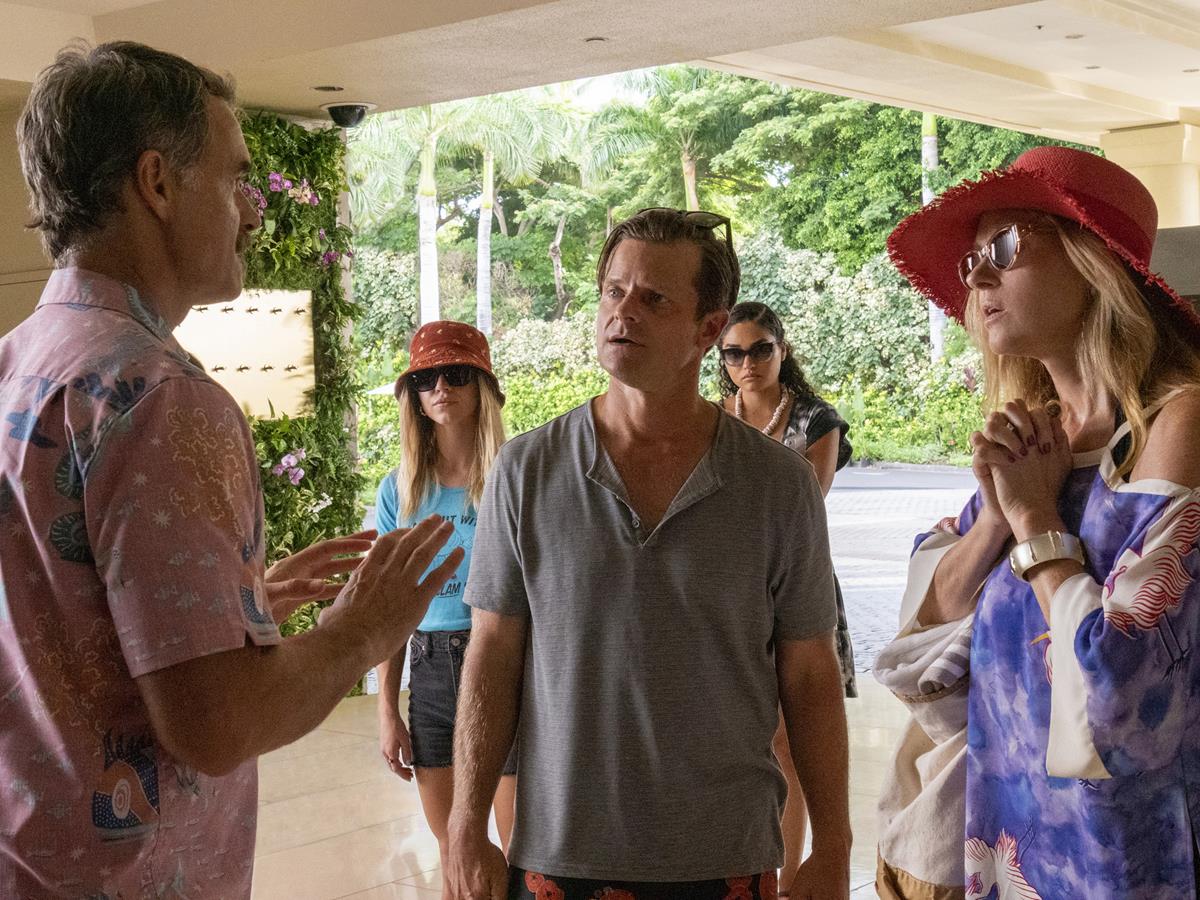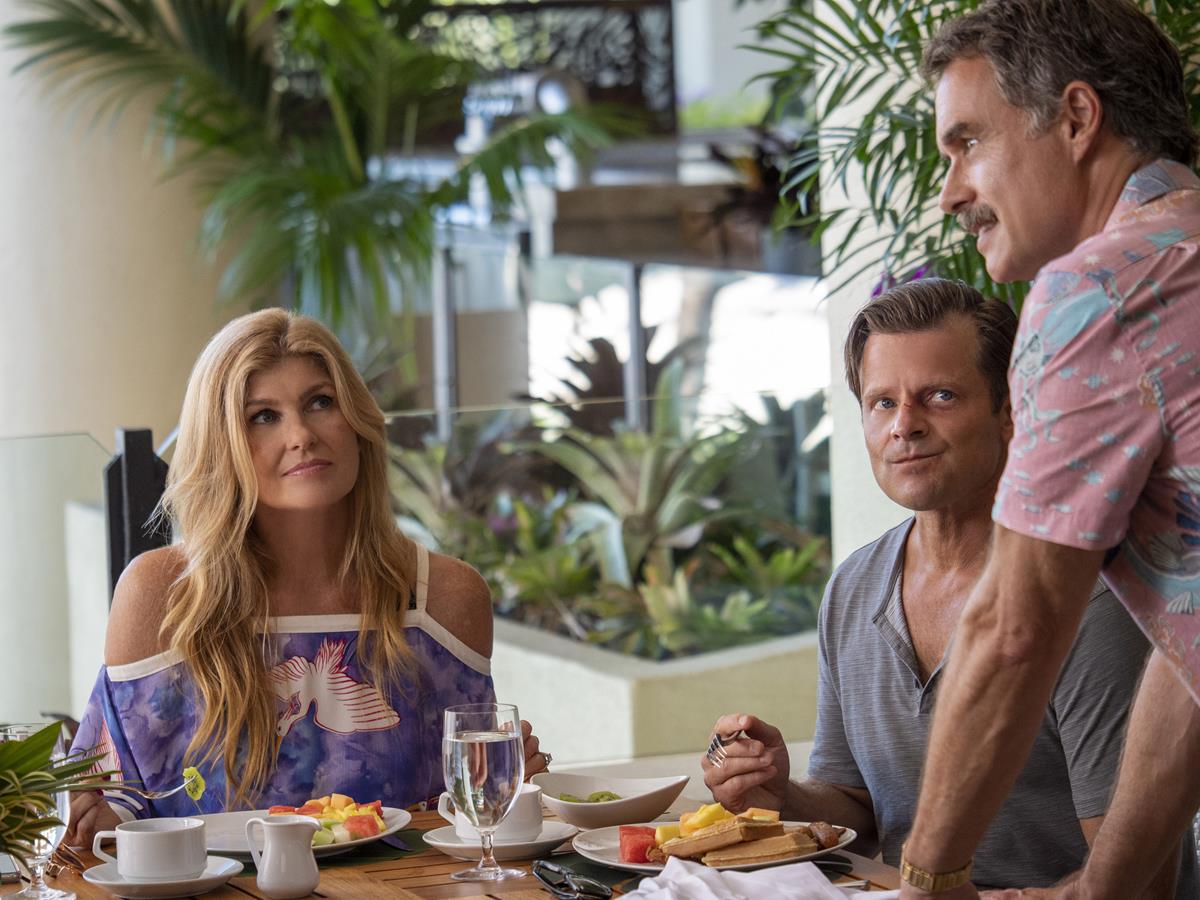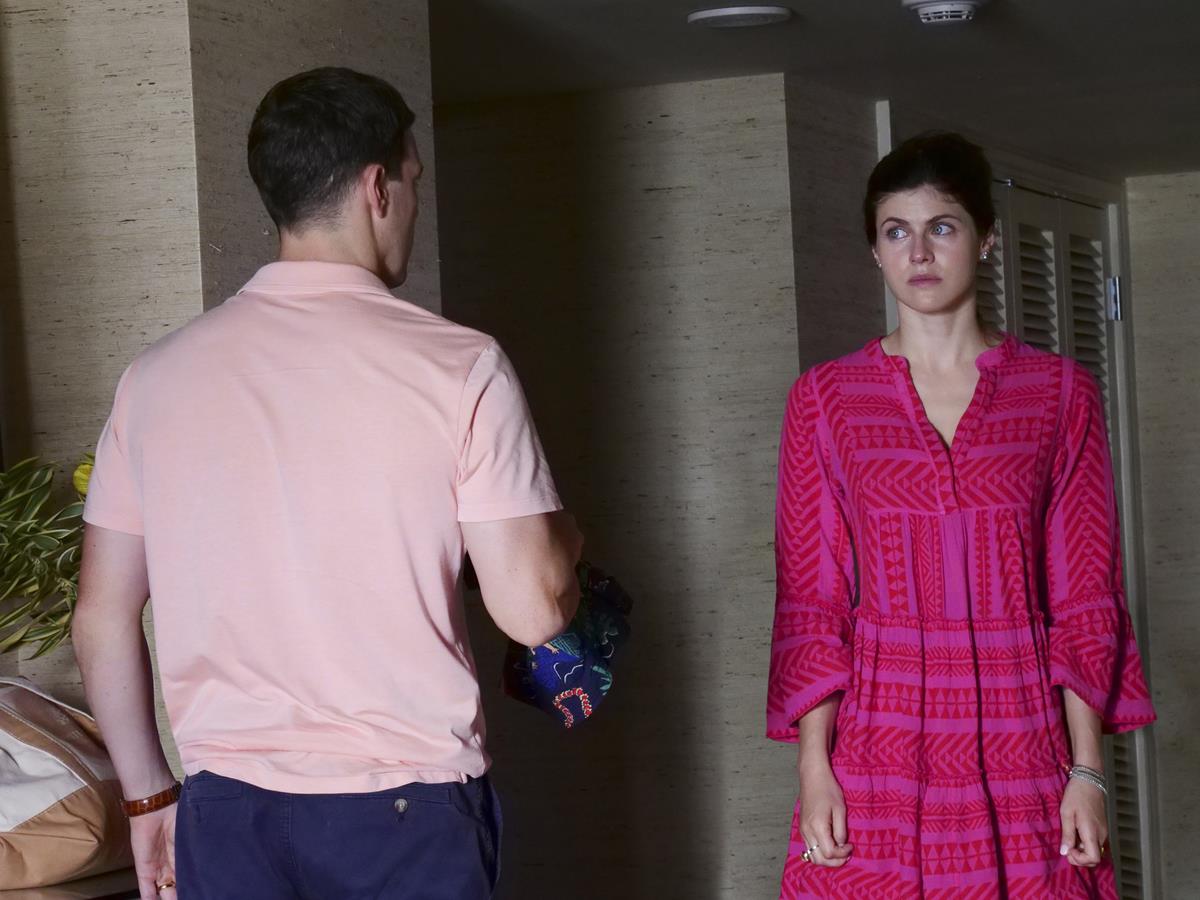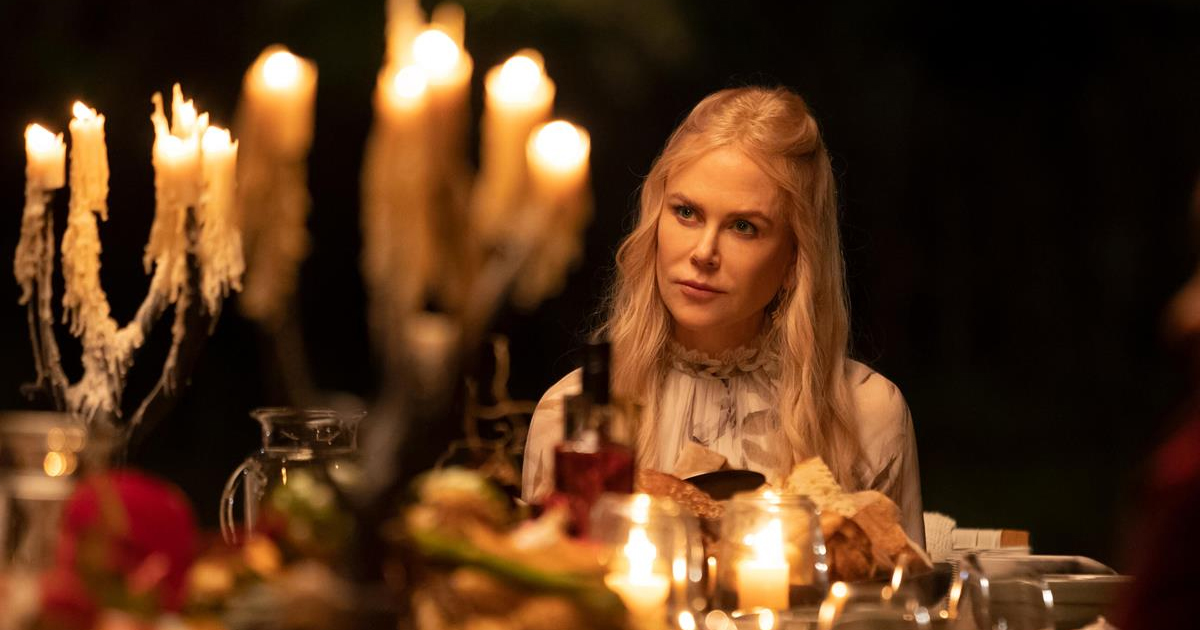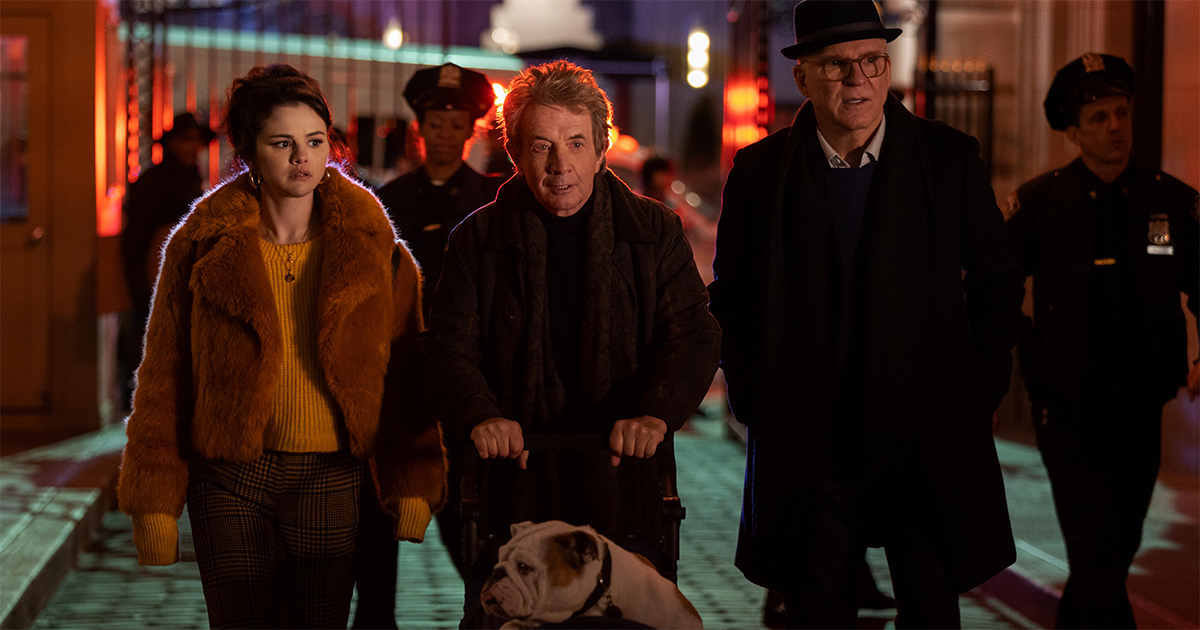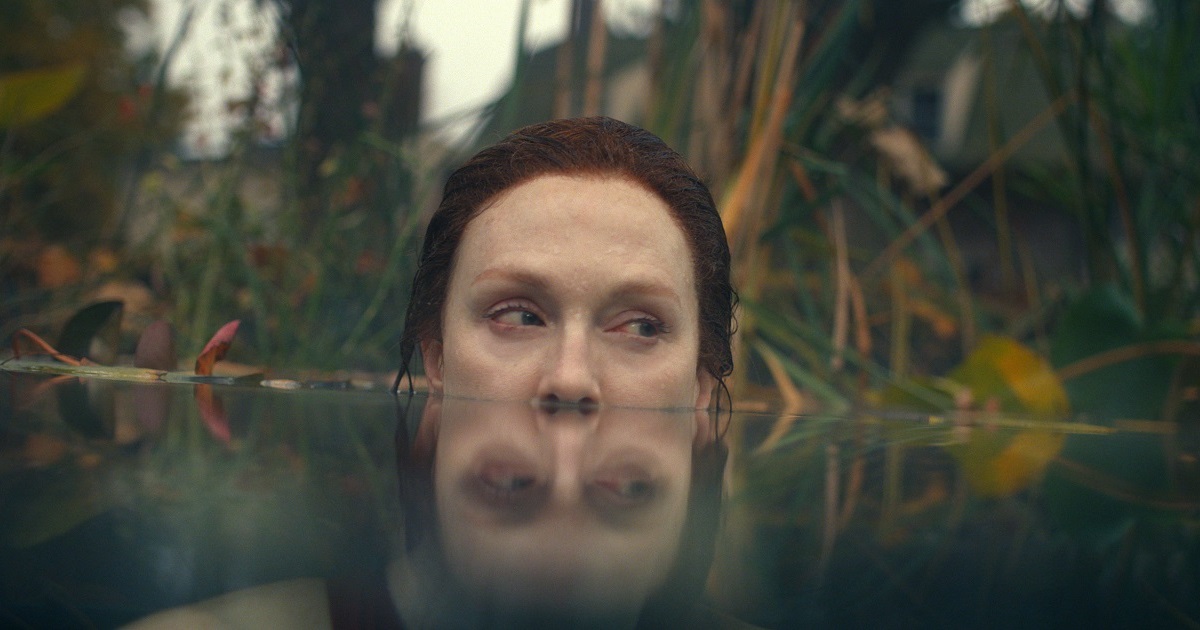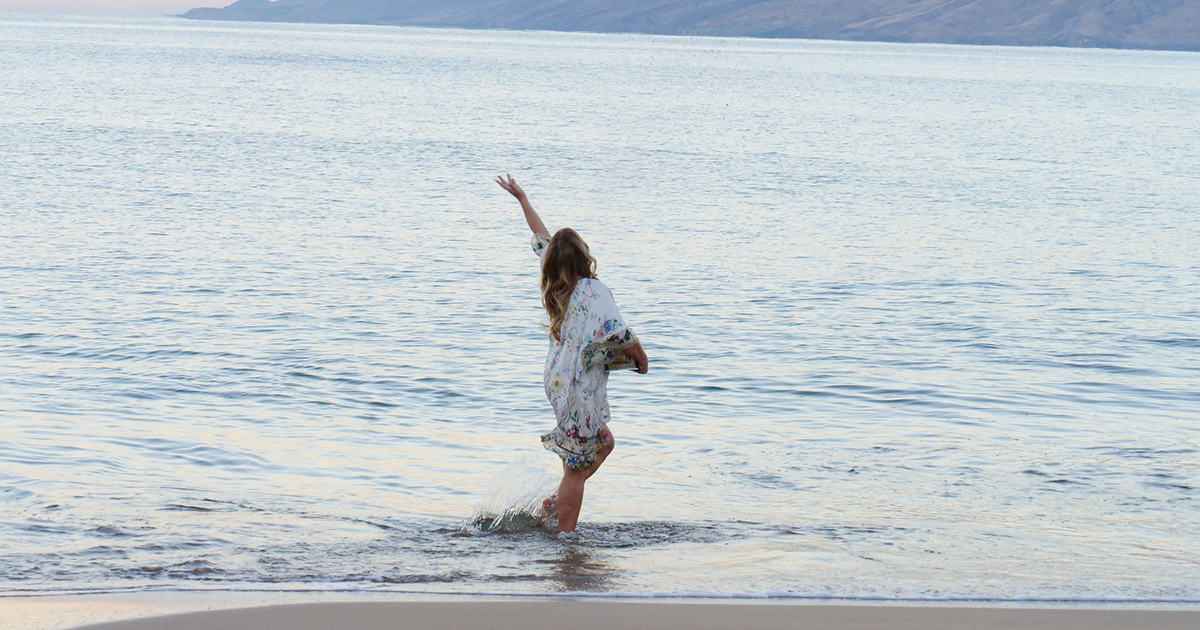
It’s hard to label The White Lotus, which is currently available on HBO and streaming on HBO Max. It isn’t a comedy, although it is unsettlingly funny. It’s not a drama as nothing really happens of any linear narrative direction. The best I can come up with is that it’s a satire on the perpetual oblivious nature of some rich people on vacation. It is also, however, quite brilliant.
Mike White is the writer, director, and producer of The White Lotus and has written and created something that has the social unmasking of Bong Joon-ho’s Parasite and the otherworldly feeling of, well, The Others.
Camilla Long of The Sunday Times in the UK said, “What a blissfully poisonous helicopter crash of a show it is. I didn’t watch it; I gulped it.” Naomi Fry from The New Yorker describes the show as “Welcome to Upstairs, Downstairs, Aloha State edition.” She also called it “One of the best shows of the year.” Variety classed it an Emmy contender. The Atlantic summed the show up neatly, noting that “The curse of the privileged is that they would rather be miserable than lose even a tiny fraction of the things they’ve been given.”
Director of photography for The White Lotus is Ben Kutchins, the guy that gave the Netflix hit Ozark its blue tint. Well, with this new show he’s at it again. His color choices, framing, and exposure made the aforementioned Long say, “The tone of the show is so strange and treacly you wouldn’t be surprised to find out everyone’s already dead.” She called the swanky Hawaiian resort “suffocating, bleached-out, and orange vibed.”
Kutchins told the Go Creative podcast how he plays with colors. “[The White Lotus] was a little brighter than what I usually do, and definitely a lot warmer; but I really believe in a strong color palette. I think, in some ways, the very blue of Ozark was a way to create an ’uncomfortability’ and create a very hostile environment. I’m a strong believer in a forcible use of color.
“In some ways I leaned just really hard in the opposite direction on this show. I think it helps create something uncomfortable, even though these warm colors are usually associated with a romcom.
READ MORE: The White Lotus Cinematography (with Ben Kutchins) (Go Creative)
“But I really like something that very much leans into that extremely warm color palette that I think is ultimately kind of jarring and uncomfortable.
“One of the things that the show does successfully is it feels kind of grounded with all of these insane characters, it still somehow feels like we’re in the real world but feels a little bit elevated.
“I think when we remember a magical moment in our lives, our sense of color and time and place and smell is all very heightened. I think in everything that I do I’m always trying to gain a real sense of time and place that feels like something you might’ve experienced in your life, and you’re looking back on this moment.”
As Kutchins told Below The Line, none of the show was shot on a stage, proving hard to be consistent with the look. “All of it is practical, hotel rooms, which proved very challenging. Sometimes there would be cloud cover and clouds and sun all day. That’s difficult to maintain any sort of continuity.
“Shooting in locations where there were no big lights outside the windows. It was all sort of practical light. In terms of the natural beauty, it was such an interesting challenge to create something that had a sort of ominous feeling in a place that’s so beautiful and lean into a new perspective on it.”
But Kutchins decided to work with what he had, to guarantee the show the look he was after. “Early on in prep, I was pushing Mike to basically shoot in the beginning of the day and the end of the day and find something else to do in the middle of the day when the sun is unkind to the actors. I was pushing to completely rejig the schedule to be there in the morning and in the evening so that the light was more kind to the actors.
NOW STREAMING — BEHIND THE SCENES OF FAN-FAVORITE SERIES:
As the streaming wars rage on, consumers continue to be the clear winners with an abundance of series ripe for binging. See how your favorite episodics and limited series were brought to the screen with these hand-picked articles plucked from the NAB Amplify archives:
- “Severance:” Now, About Solving the Work/Life Balance…
- Entering “The Gilded Age”
- Class Is Definitely Not In Session: The Horror Delights of “All of Us Are Dead”
- “The Dropout” Is a Slow-Motion Car Crash (and We Can’t Look Away)
- The (Unavoidable) Universal Appeal of “Squid Game” Is By Design
READ MORE: The White Lotus Cinematographer Ben Kutchins Exposes the Darkness and Light Amidst Hawaii’s Natural Beauty (Below The Line)
“There are a few scenes in the series where we shot on the beach, but we could cover the actor with an umbrella. For the most part, it was scheduling shenanigans to get it at the time when the light was right. Often times I’d be guessing about the weather for the day and sort of praying.”
Mike White and Ben Kutchins have made a great team working on The White Lotus with trust and respect at the heart of their partnership. “I think I’m just always looking to push whatever the story is, to be adventurous as to how things can look and feel. I’m most interested in the things we hide, the little lies that we tell ourselves and the people around us,” Kutchins concludes about his process.
“I think in a way all of these people in the show are doing the best that they can, but they might be a little delusional and a little wrapped up in their own delusion. The way that I know how to express that is by creating parts of the frame that are both light and dark. There are ways in which we’re all hiding, and I think it’s important for me to try to express that, and in this series, to express that with shadow.”
The White Lotus has been a hit for HBO, but the series also received criticism for its perceived whitewashing of colonialism. “Fun as it may be watching the wealthy eat themselves alive, the critique of privilege embedded in The White Lotus suffers from the same blind spots toward the staff that its affluent characters have,” television critic Lorraine Ali noted in the Los Angeles Times.
Ahead of the series finale, White spoke with Kathryn VanArendonk at Vulture about how he was beginning to think more deeply about questions he had been wrestling with while creating the show, as well as some of the criticisms that have been voiced about it.
“I’m that white kid, I guess,” White said of his conflicted feelings about Quinn’s encounter with a sea turtle, which leads to his decision to remain on the island. “Am I going to hate myself? What do you do? I want to get into some of the stuff about Hawaii and the colonial, imperial parts of it that exist to this day. I feel like I tried to weave that in. When you start trying to tell that story, though, it’s like, Is this really my story to tell? I can only come at it from how I — I saw the turtle. I got on the boat. I had that moment.”



